Choosing the right wall mirror with lights is a crucial decision in enhancing both functionality and aesthetics during a bathroom remodel. A superior product can provide shadow-free task lighting, significantly improving the daily experience and becoming a centrepiece of the space. Faced with a plethora of options, how can you find the best solution? This article will analyse key purchasing factors and market trends, backed by data.
Key Considerations: A Data-Driven Selection Guide
1. Lighting Performance: Brightness and Colour Accuracy
Lighting quality is paramount. Brightness is measured in lumens, not watts. According to the Illuminating Engineering Society (IES) standard, task lighting in front of bathroom mirrors should provide 1700-2160 lumens to ensure a shadow-free environment (Source: Illuminating Engineering Society).
Colour temperature (measured in Kelvin, K) directly impacts colour fidelity. The industry recommends using a neutral light temperature of 4000K to 5000K, which most closely resembles natural daylight in colour rendering. A survey shows that over 78% of professional designers specify this colour temperature range in high-end projects (Source: National Kitchen & Bath Association 2024 Benchmark Report).
2. Size Specifications: A Balance between Science and Aesthetics
Precisely matching mirror size is key to ensuring spatial harmony and optimised functionality. Authoritative industry standards clearly state that mirror width should be set back 4-6 inches on each side of the vanity countertop to avoid visual crowding; height should be at least 24 inches, while sizes of 36 inches and above provide more comprehensive visual coverage (Source: Home Innovation Research Labs).
Recent market data further reveals this shift in design trends: As many as 65% of bathroom remodelling projects tend to opt for a single mirror width of over 60 inches. This choice not only enhances the visual continuity of the space but also improves overall lighting efficiency through reflection, making the bathroom appear more spacious and brighter (Source: Houzz 2024 Bathroom Trends Study). It's worth noting that for double sinks, if space permits, installing a single mirror that runs the entire width of the countertop is more effective than using two separate, smaller mirrors. This reduces visual fragmentation and enhances a modern aesthetic.
In addition, the mirror's mounting height should be adjusted based on the user's actual height. Experts recommend that the centre point of the mirror be 60-65 inches above the floor to accommodate the average eye level of most adults (Source: NKBA Planning Guidelines). This small detail is a key factor in determining daily comfort.
3. Installation Method: Balancing Safety and Convenience
Hardwired Installation: This method accounts for over 80% of new construction projects, requires installation by a professional electrician, and costs $150-400 (Source: National Association of Home Builders).
Plug-in Installation: Suitable for rental properties but requires a GFCI outlet.

4. Value-Added Features: Market Demand Analysis
Anti-fog features have seen annual sales growth of 12%, becoming the most popular add-on feature (Source: Freedonia Group). Smart mirrors currently hold less than 10% of the market share, but are experiencing annual growth exceeding 15% (Source: Market Research Future).
Energy Efficiency and Sustainability: An Overlooked Priority
As LED technology matures, energy efficiency has become an equally critical factor in bathroom mirror selection. According to the U.S. Department of Energy, LED mirrors consume up to 75% less electricity compared to traditional incandescent lighting, while offering longer lifespans and reduced maintenance costs. Moreover, many manufacturers now integrate motion sensors and automatic dimming functions, ensuring lights are only active when needed. These sustainable designs not only lower utility bills but also align with growing consumer demand for eco-friendly home upgrades. A recent Green Home Market Survey indicates that 58% of homeowners consider energy efficiency a top priority when purchasing bathroom fixtures.
Product Type Market Performance Comparison
Mirror Cabinet Combinations: The preferred choice for 47% of renovation projects, primarily addressing storage needs (Source: Houzz 2024 Bathroom Study)
Backlit Mirrors: Adoption increased by 20% in high-end projects, but requires auxiliary lighting.
Front-lit Mirrors: Maintaining a 60% market share, they offer the best value for money.
Smart Mirrors: Market share is expected to increase to 18% by 2026 (Source: Market Research Future)
Brand Selection Data Reference
Based on Consumer Reports and Professional Ratings:
Kohler: 85% recommended by professional designers, optical clarity rating of 4.8/5
Robern: 45% market share in the high-end market, 97% customer satisfaction
JEMELUK: 4.6/5 value for money, 92% anti-fog effectiveness
Customised: 15% market share, 8% annual growth
Key Installation and Maintenance Data
Median professional installation cost: $275 (Source: HomeAdvisor)
LED Lifespan: High-quality products exceed 50,000 hours (approximately 17 years of daily use)
(Source: U.S. Department of Energy)
Conclusion: Data-Based Decision-Making Recommendations
Choosing the best lighted mirror requires the following:
Prioritize lighting performance: Choose mirror lighting with a brightness of 1700 lumens or higher and a color temperature of 4000–5000K to create a bright, natural-looking bathroom.
Precise sizing: Mirror dimensions are precisely calculated according to industry standards to ensure a harmonious and aesthetically pleasing spatial layout.
Feature selection based on needs: The anti-fog feature enhances ease of use and increases return on investment by approximately 92%.
Professional installation: Professional installation can effectively reduce ongoing maintenance costs by approximately 75%, ensuring long-term safety.
Professional installation: Professional installation reduces maintenance costs by 75% and ensures long-term safety.Data shows that investing in a high-quality wall mirror with lights can increase bathroom remodel satisfaction by 40% and increase average daily usage by 23% (Source: NKBA Impact Report). Through informed selection and professional installation, you can achieve the best experience and long-term value.
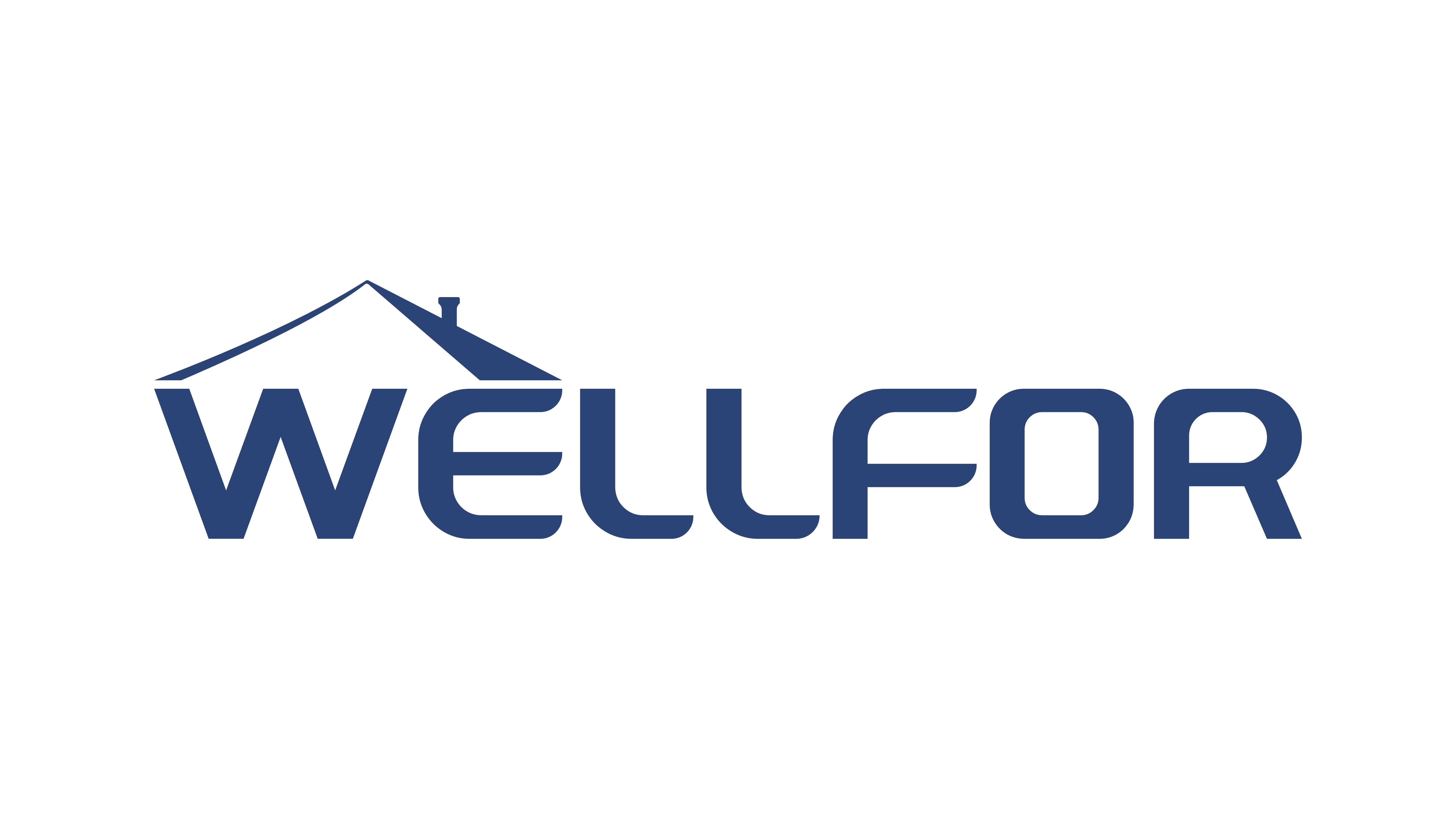
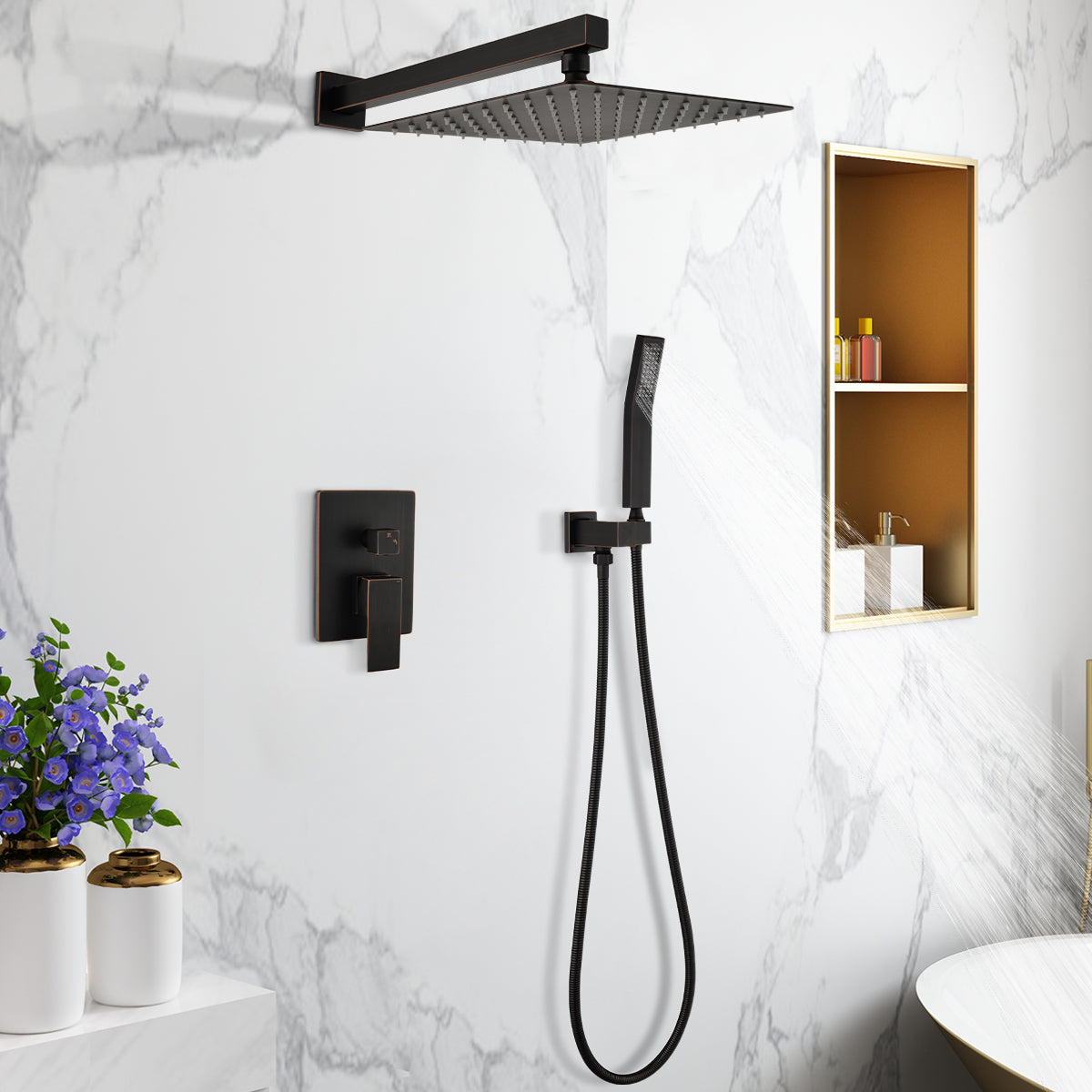
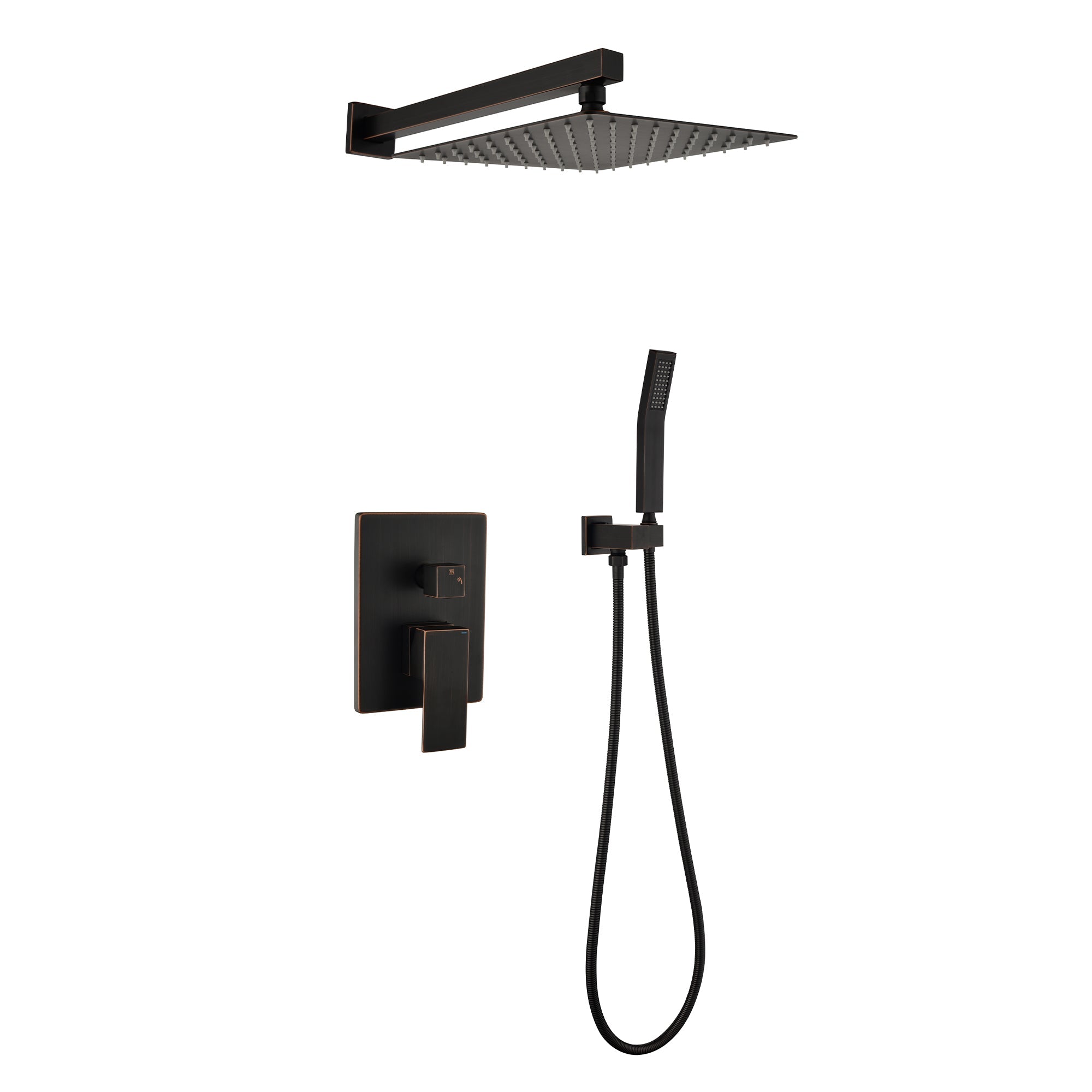


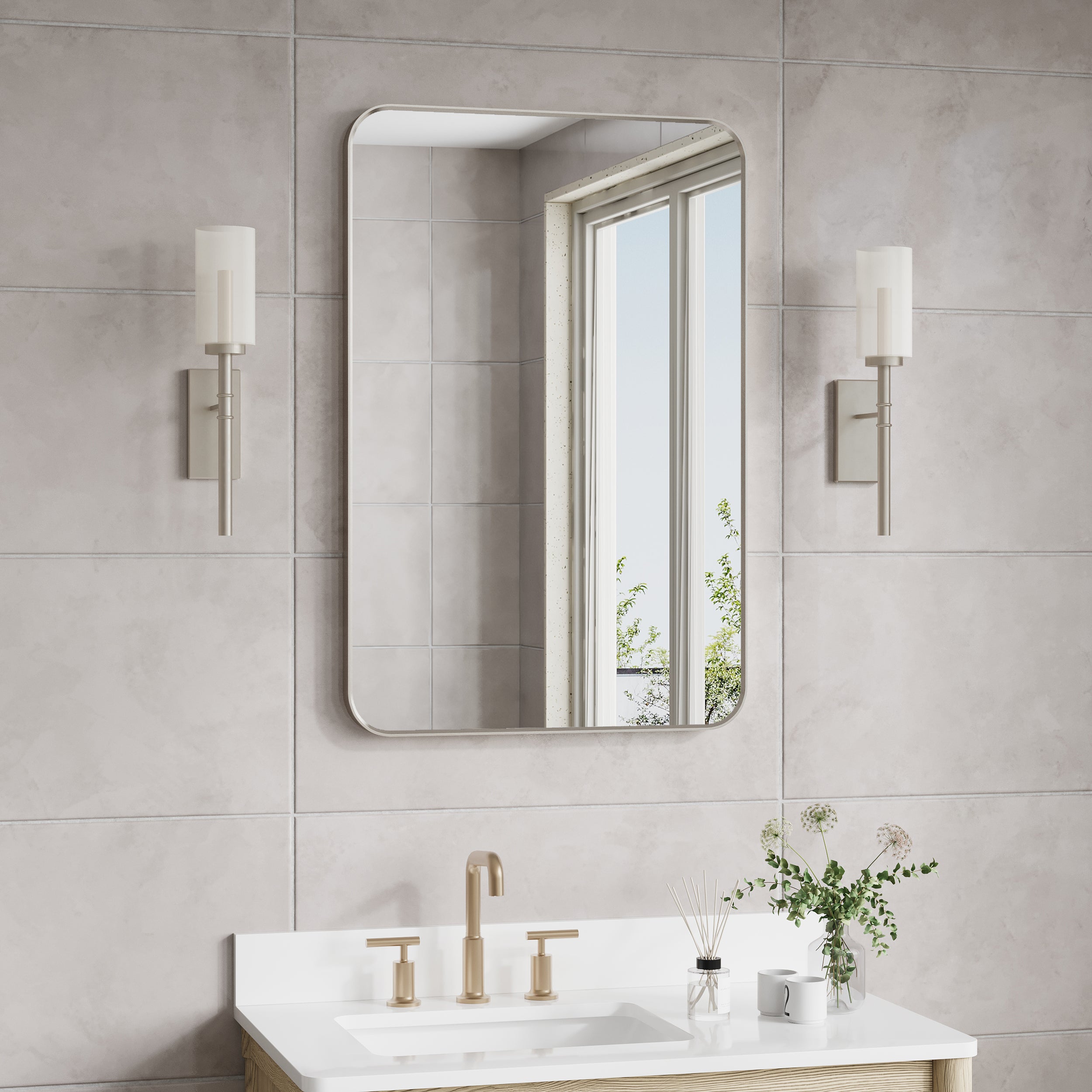
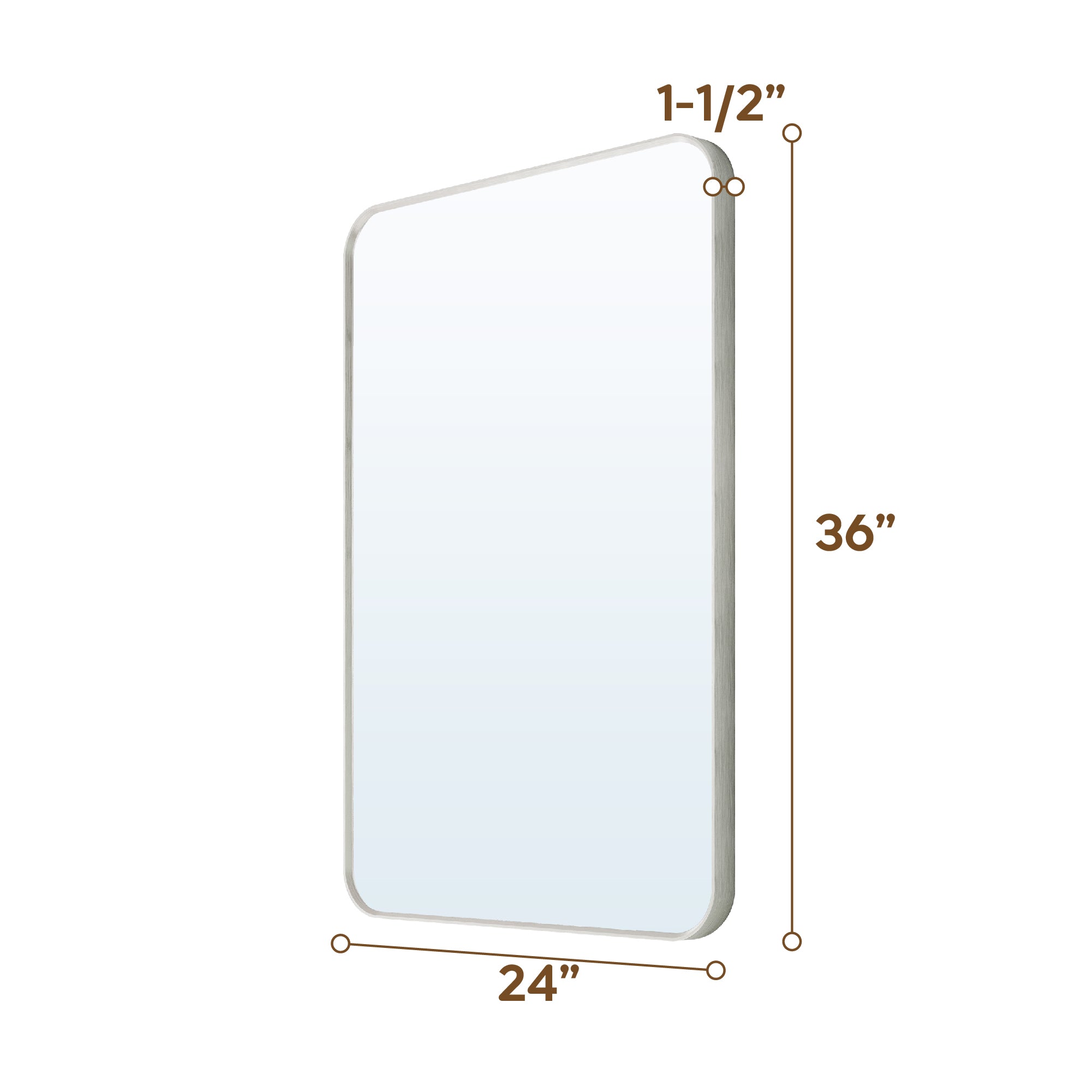

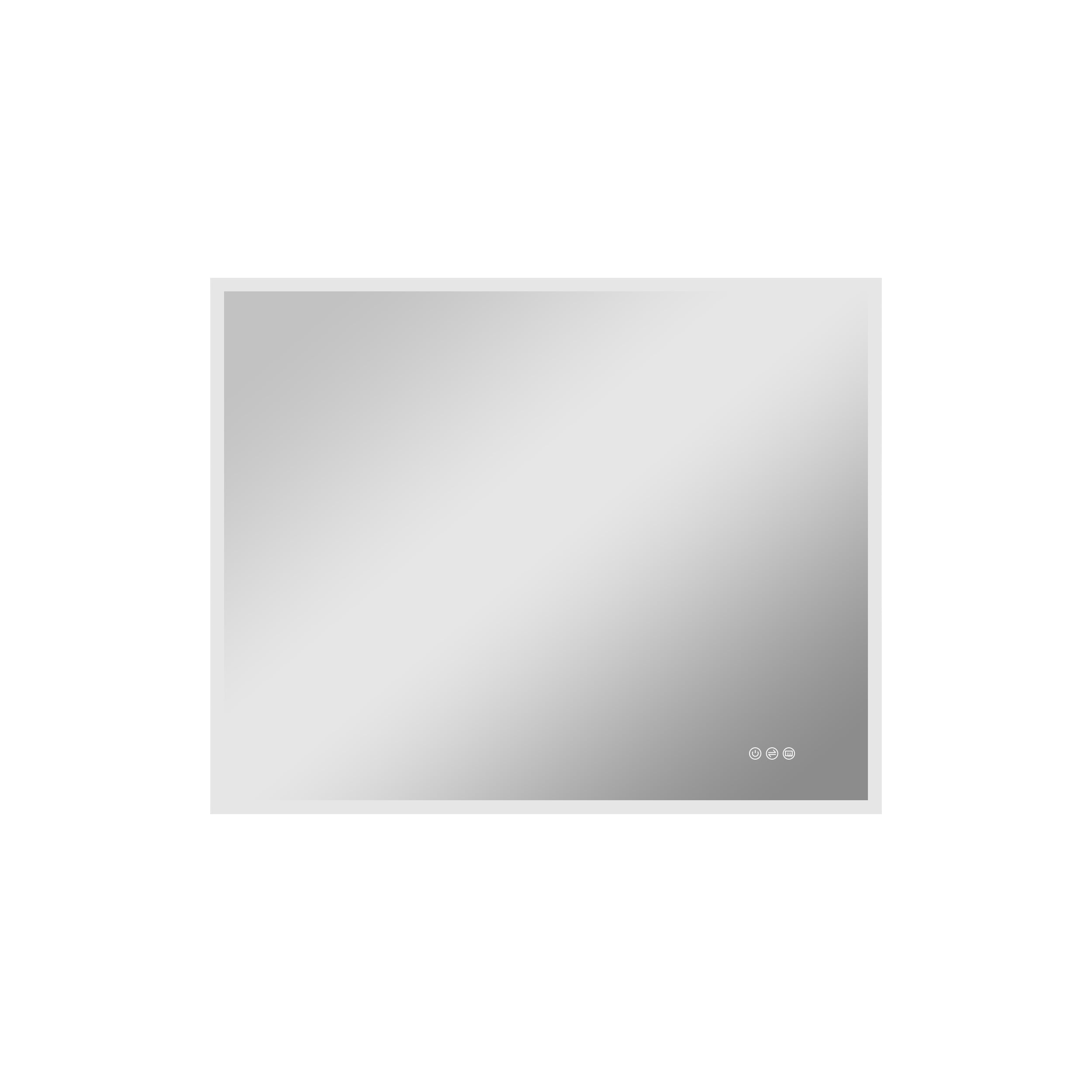
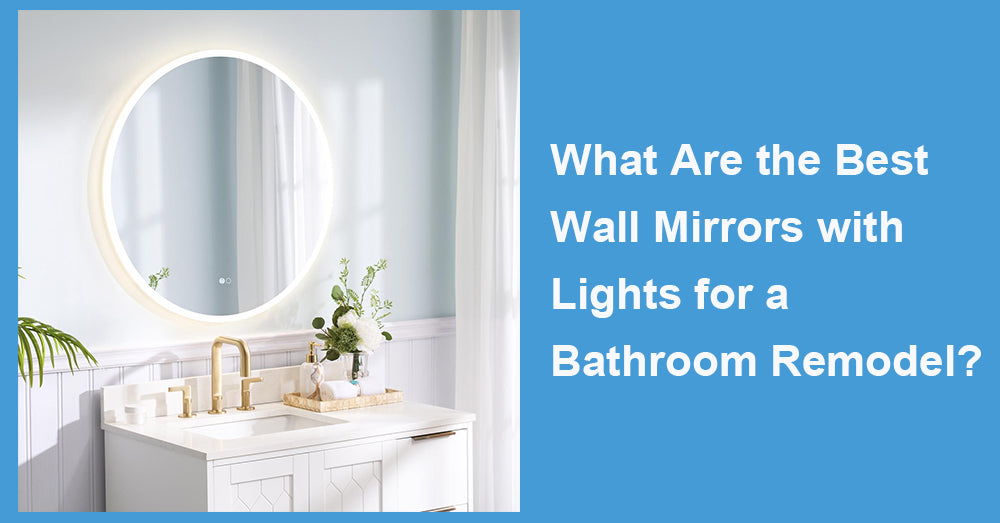

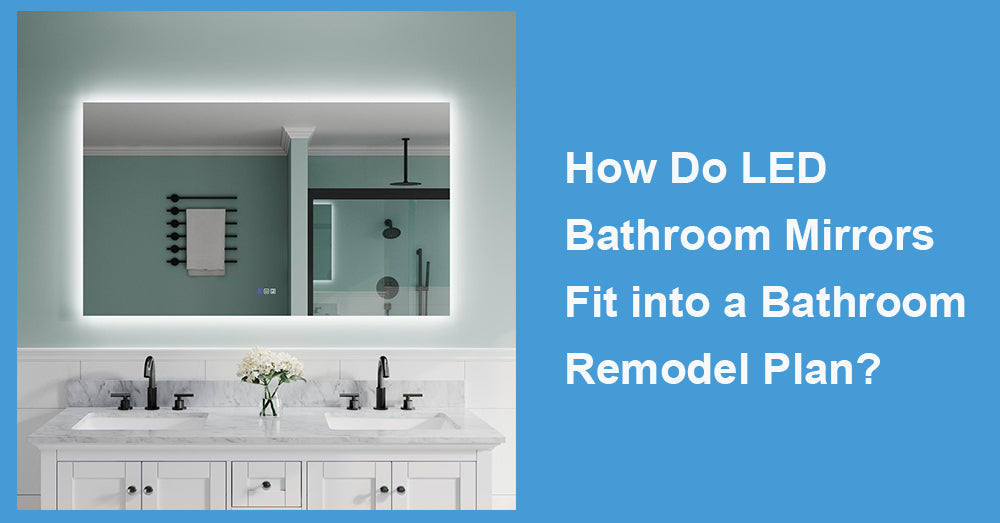
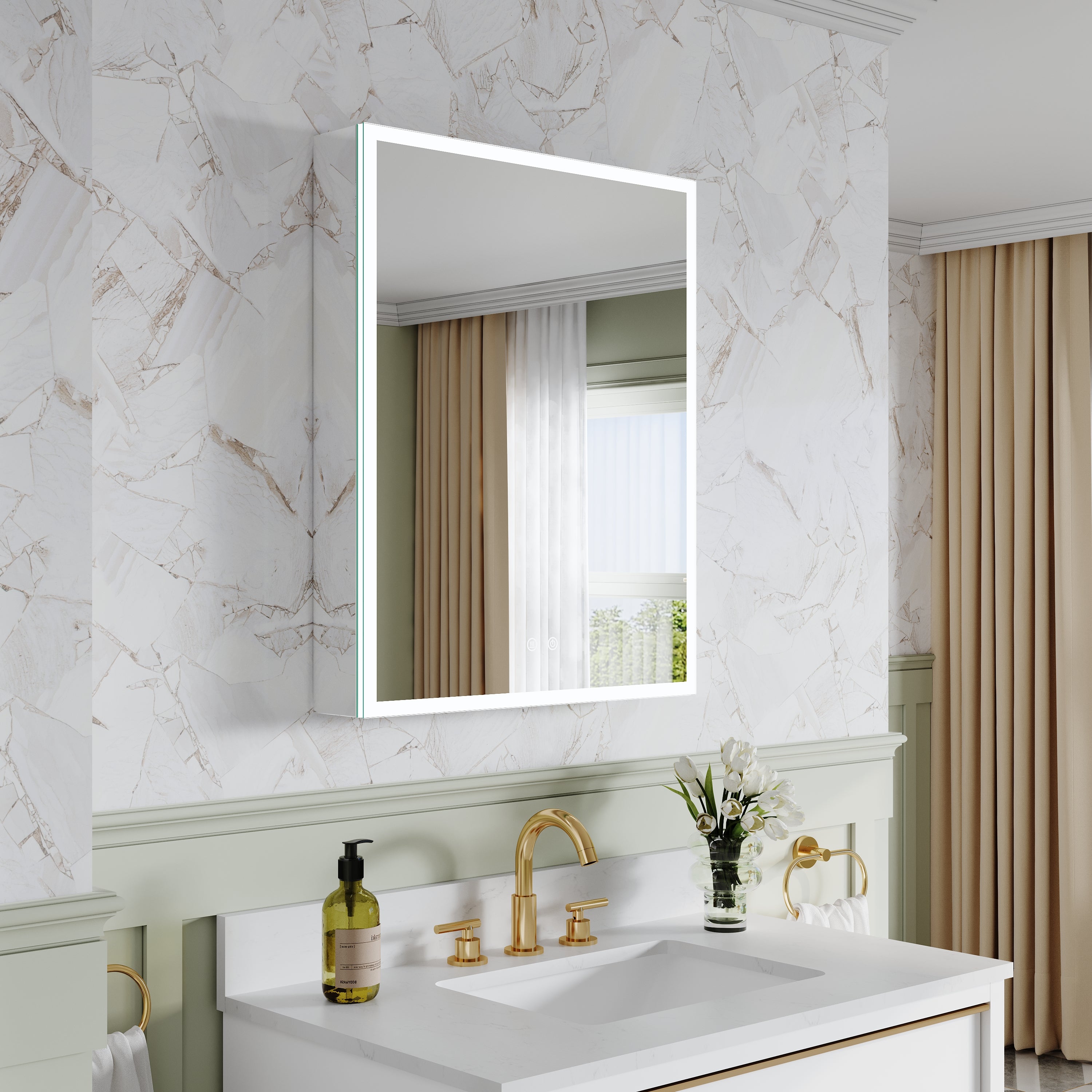
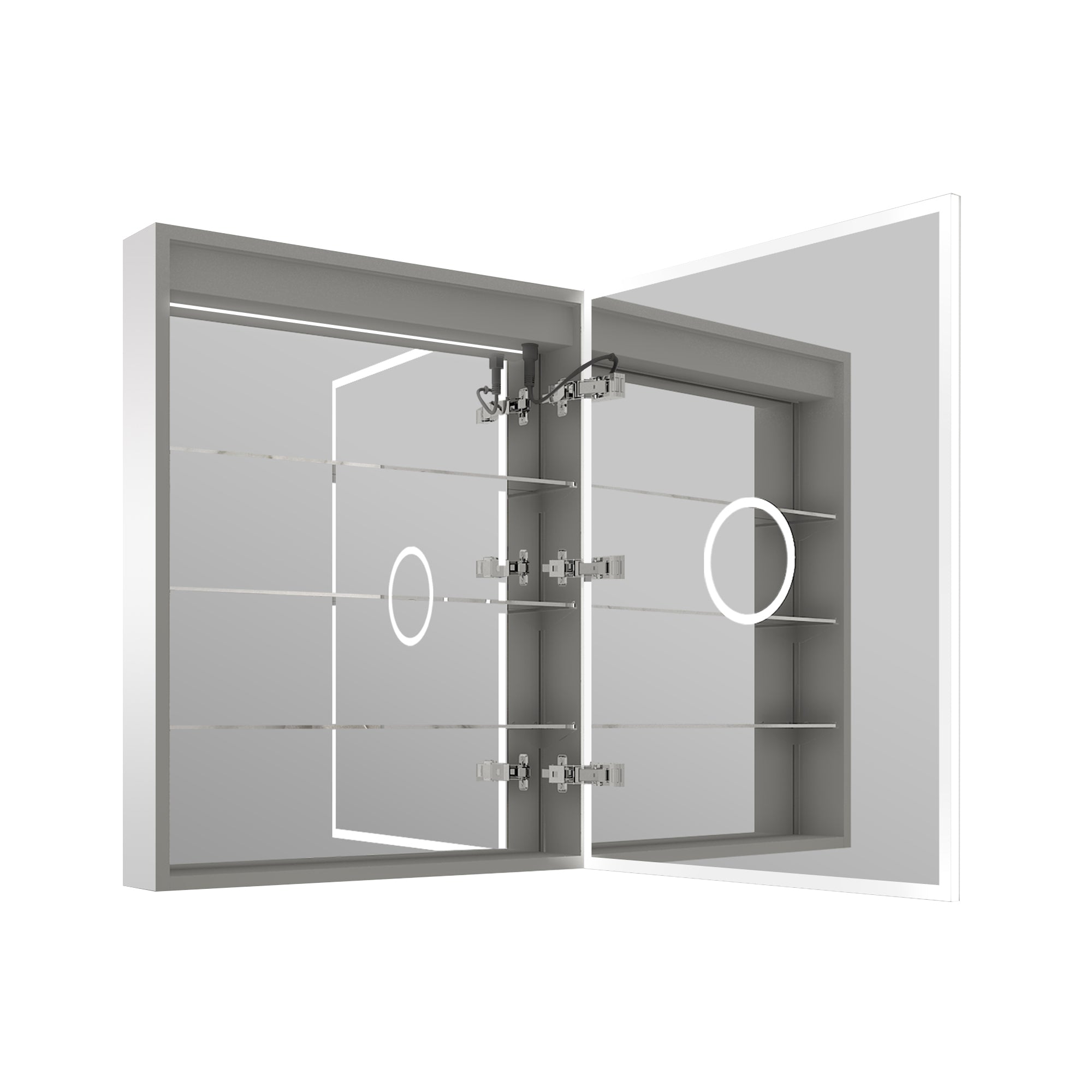
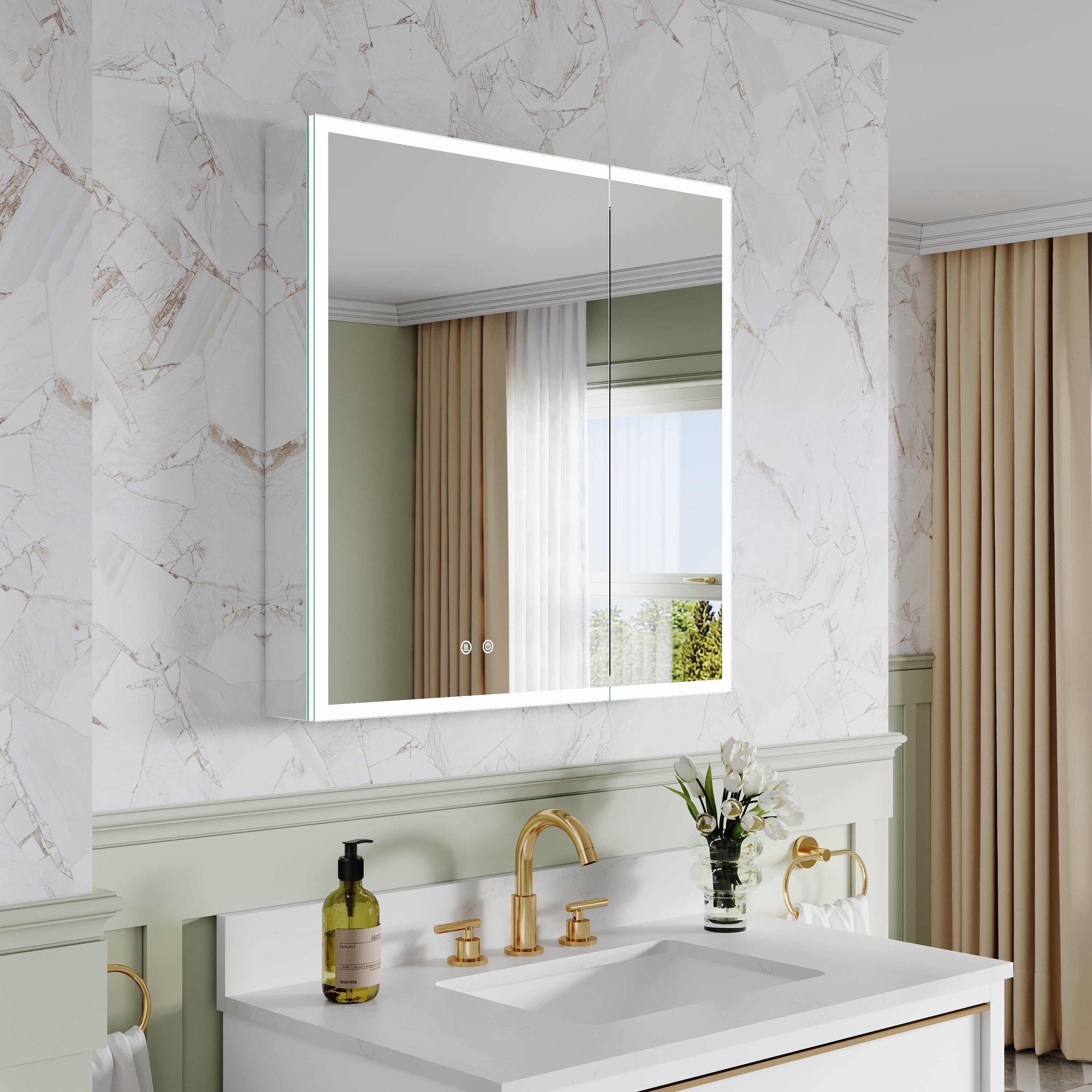
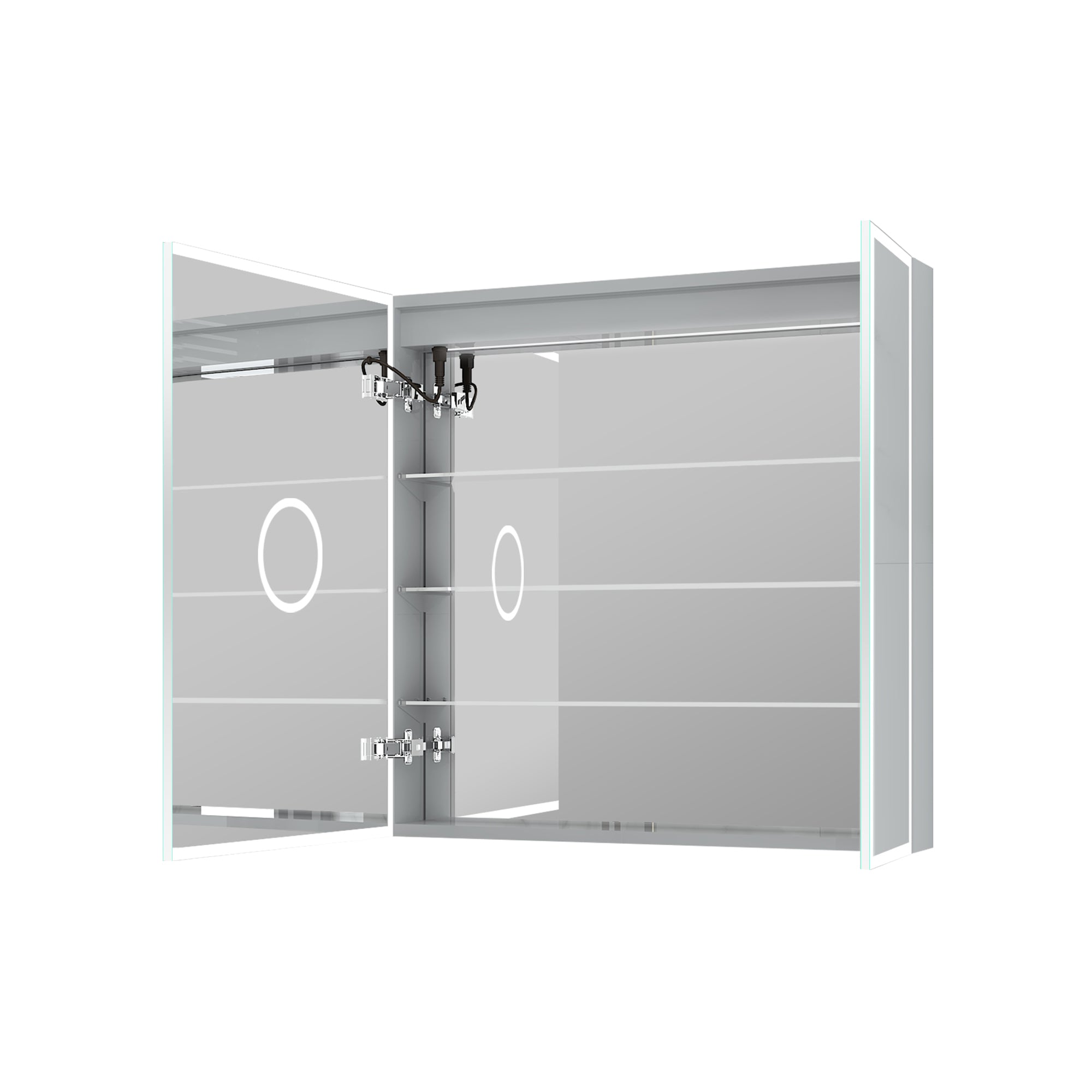
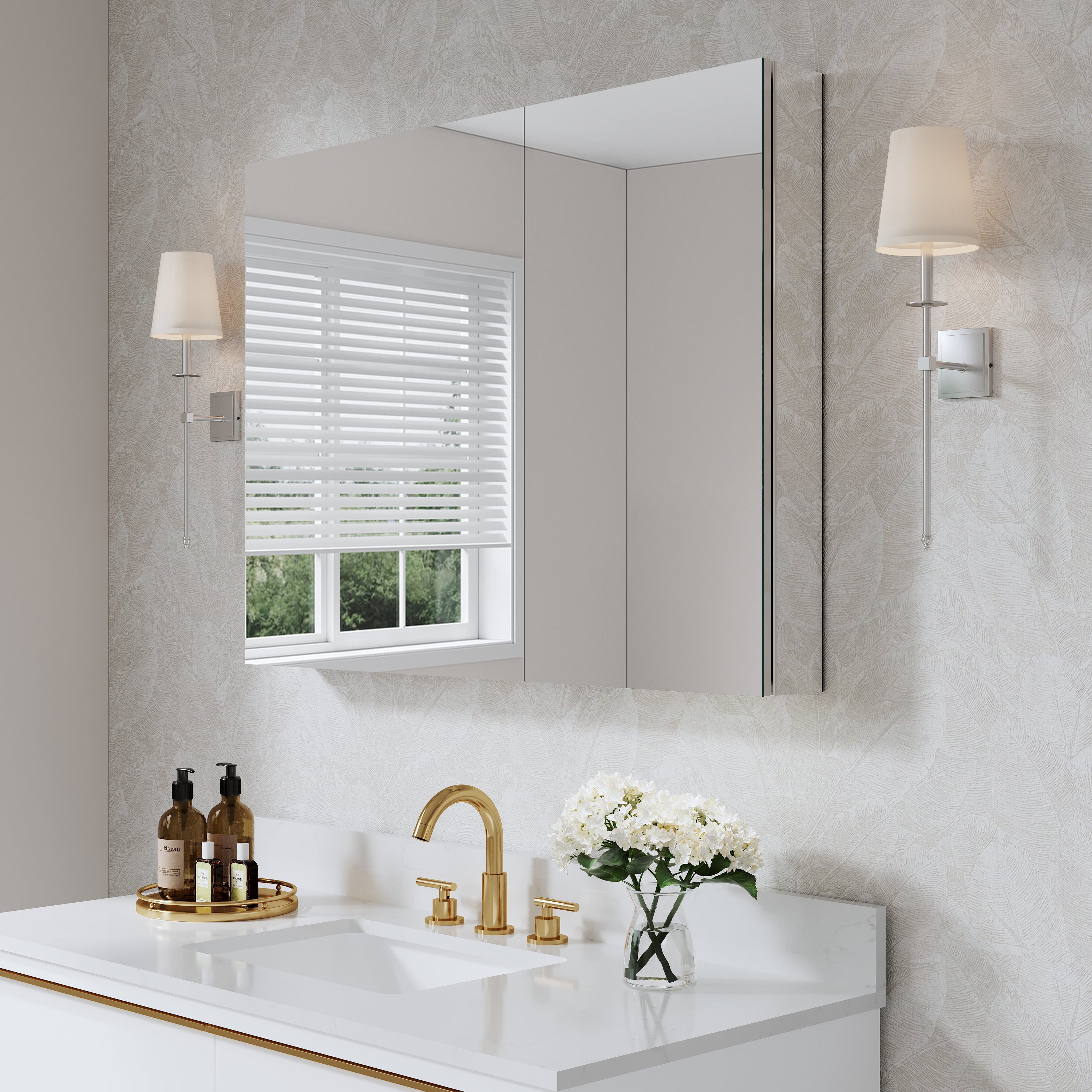

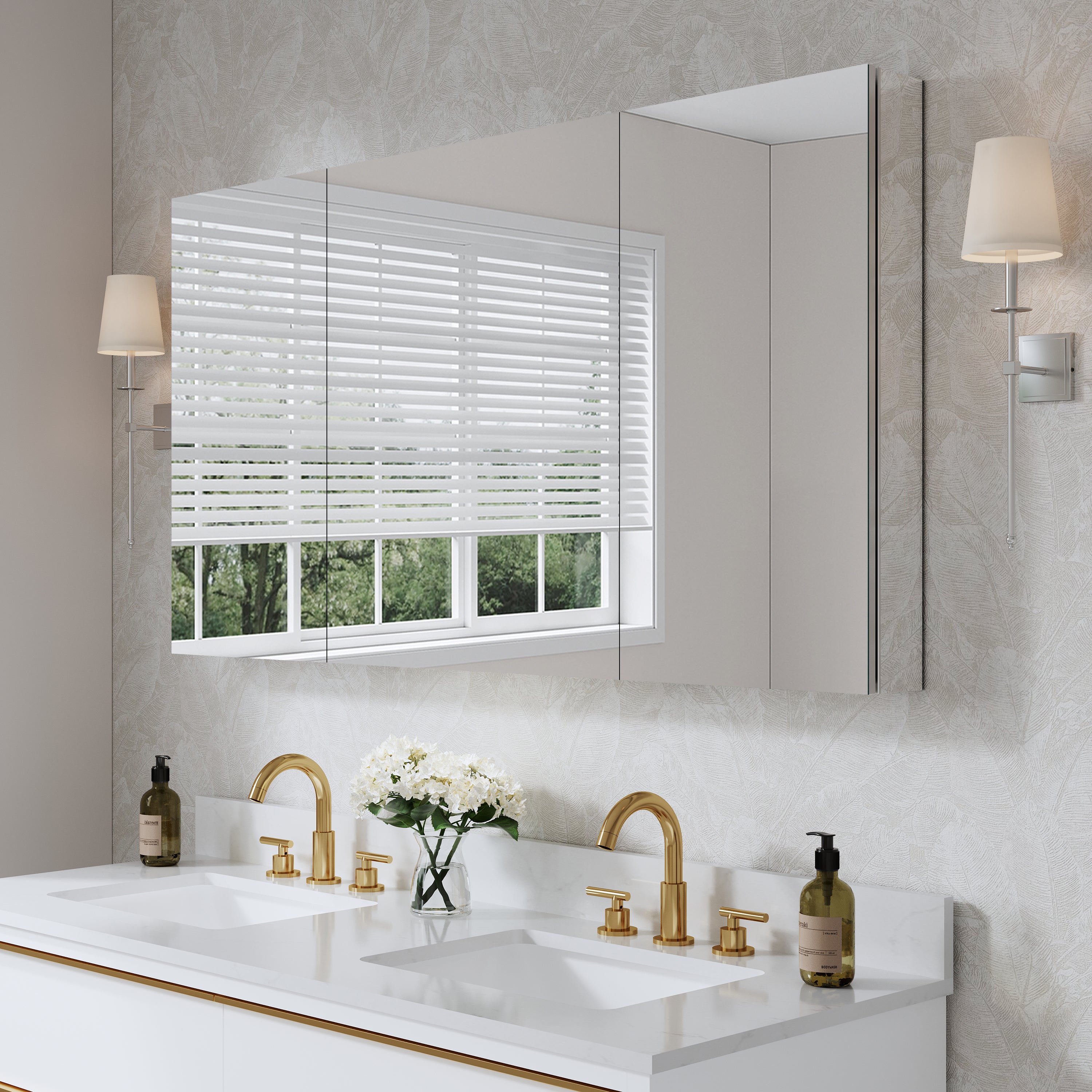

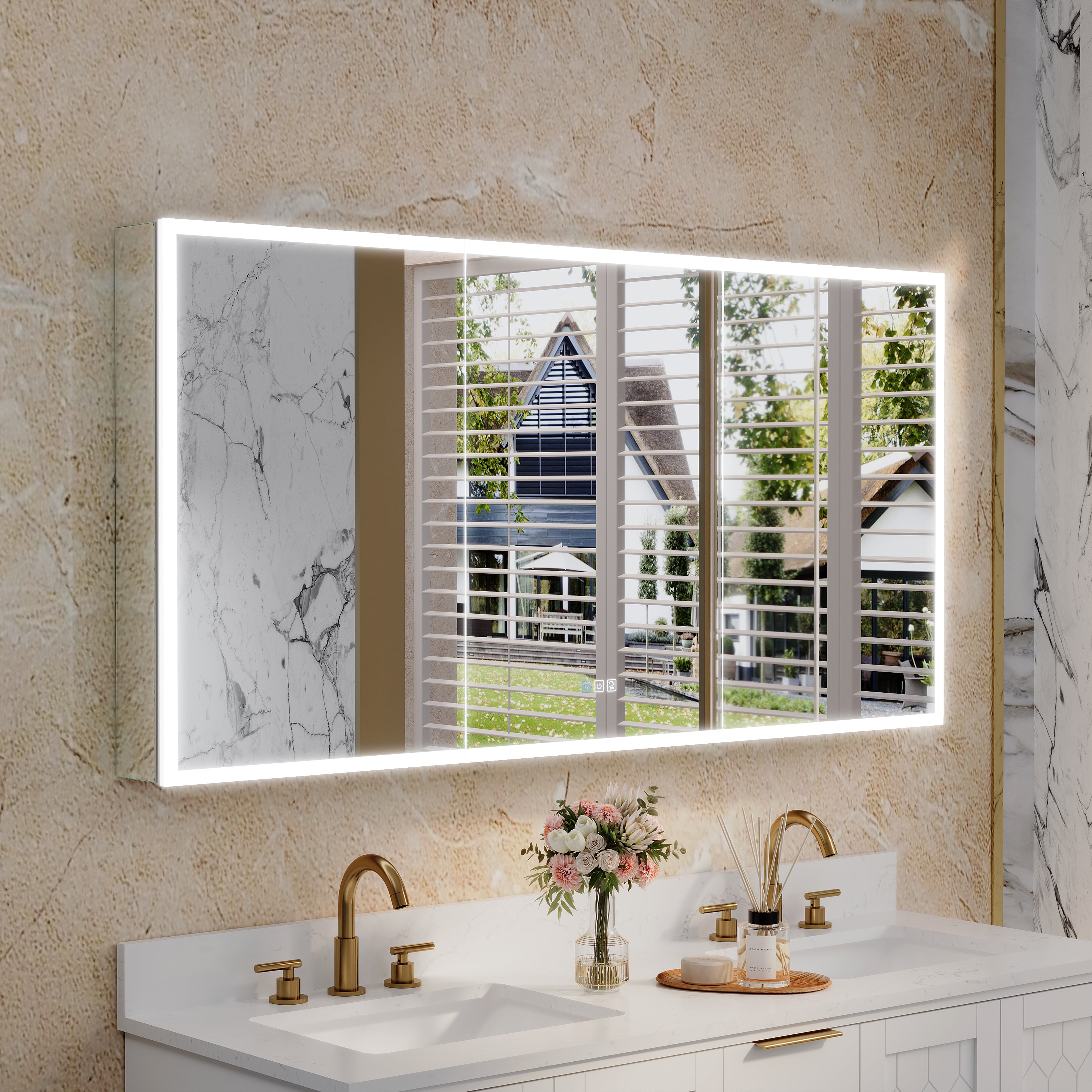

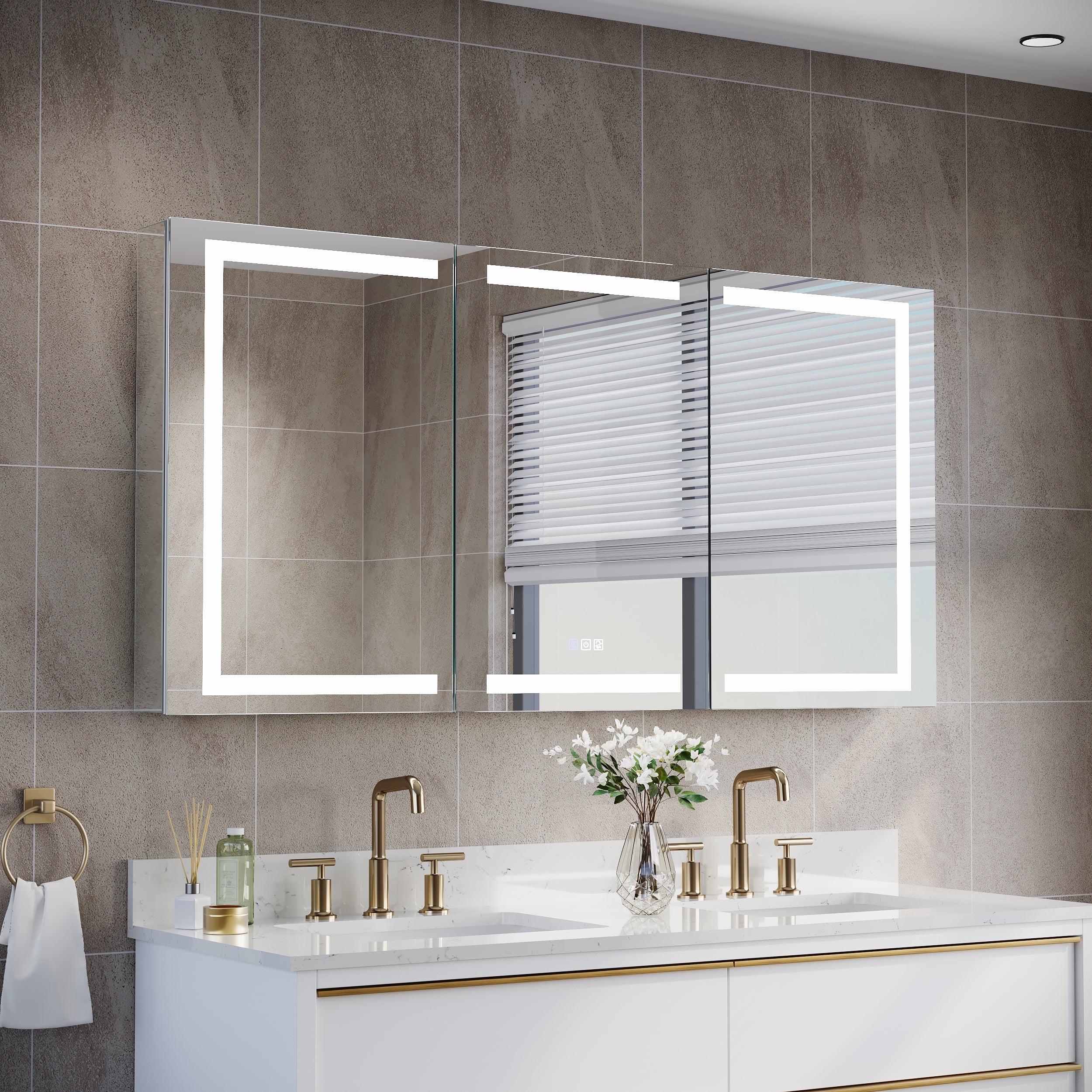


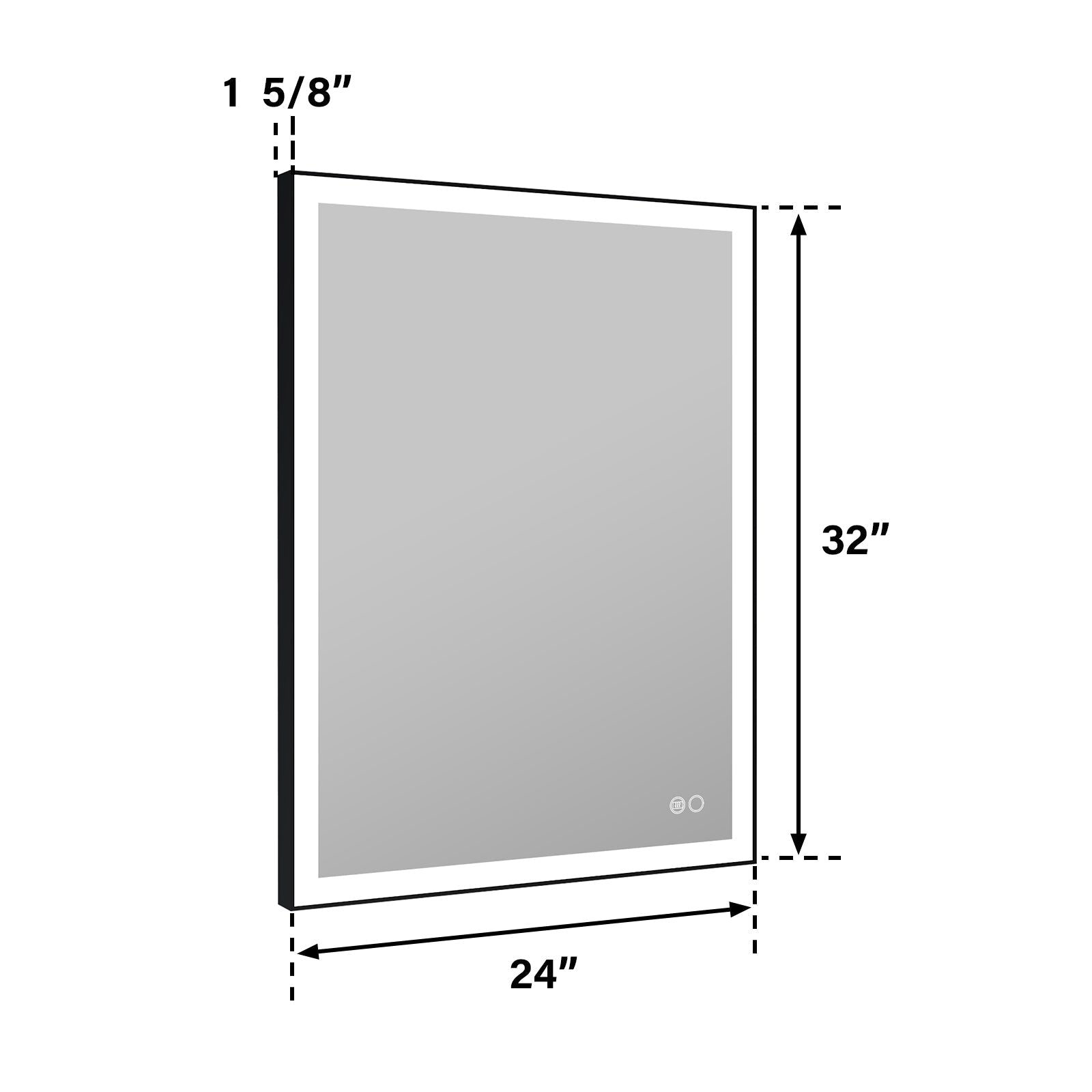
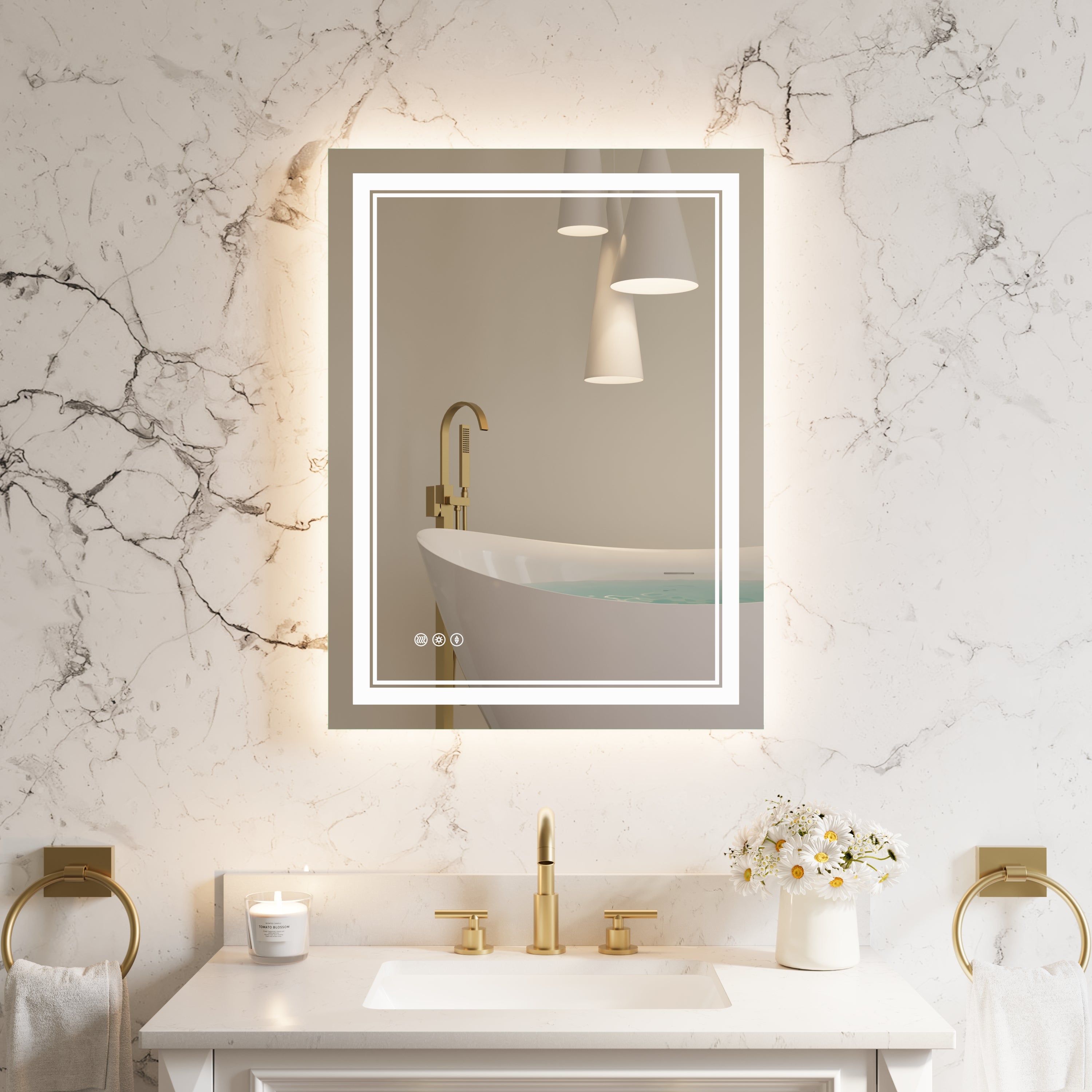
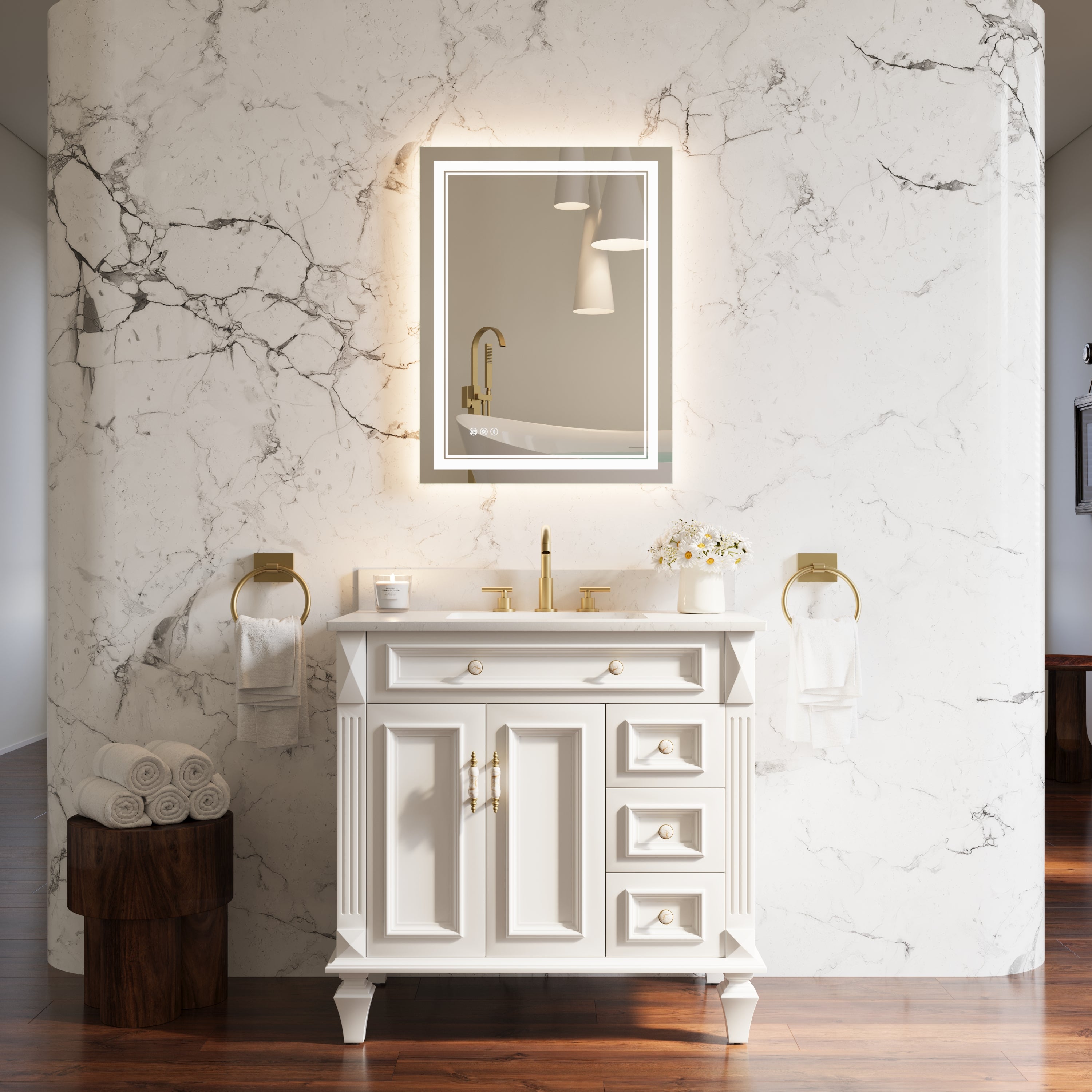
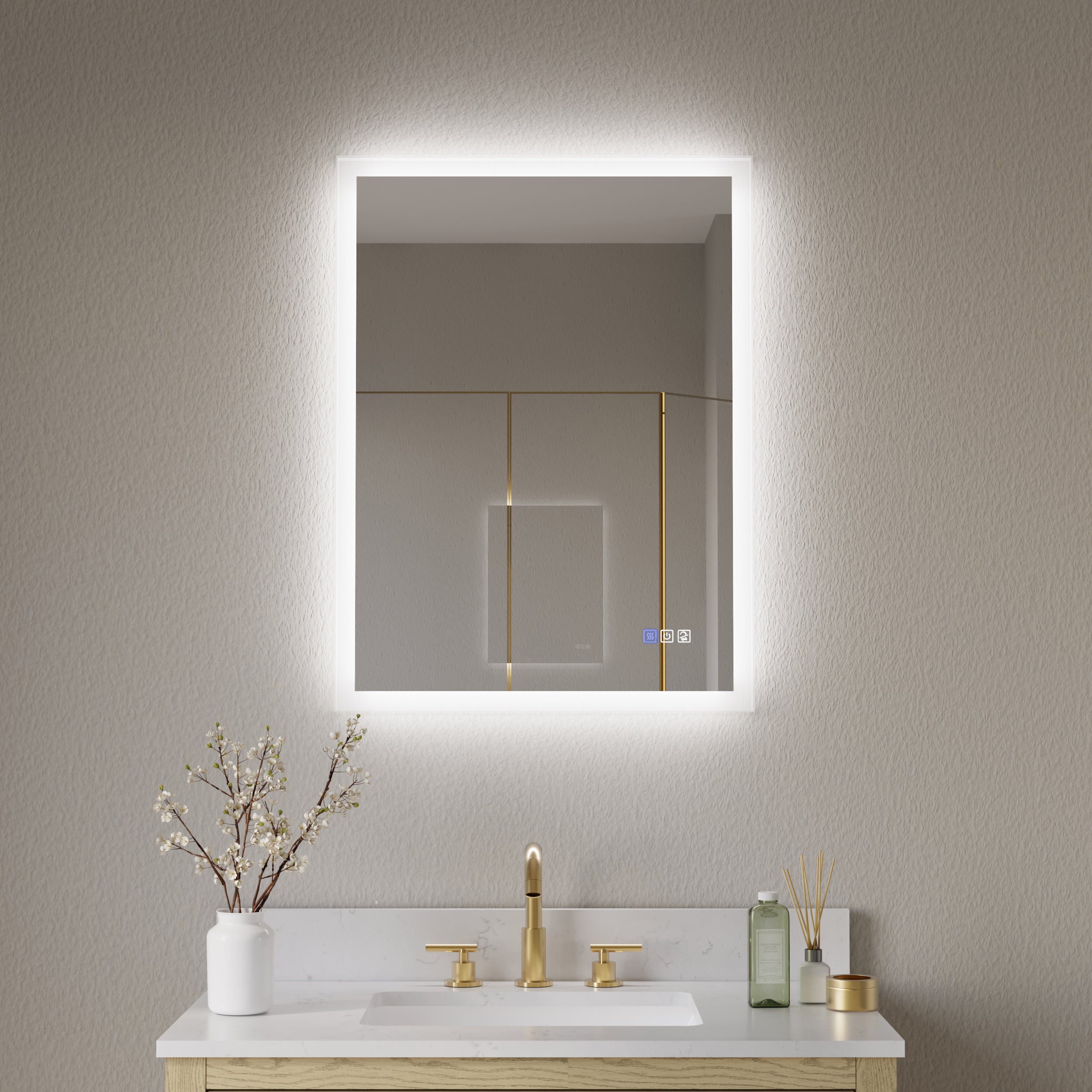

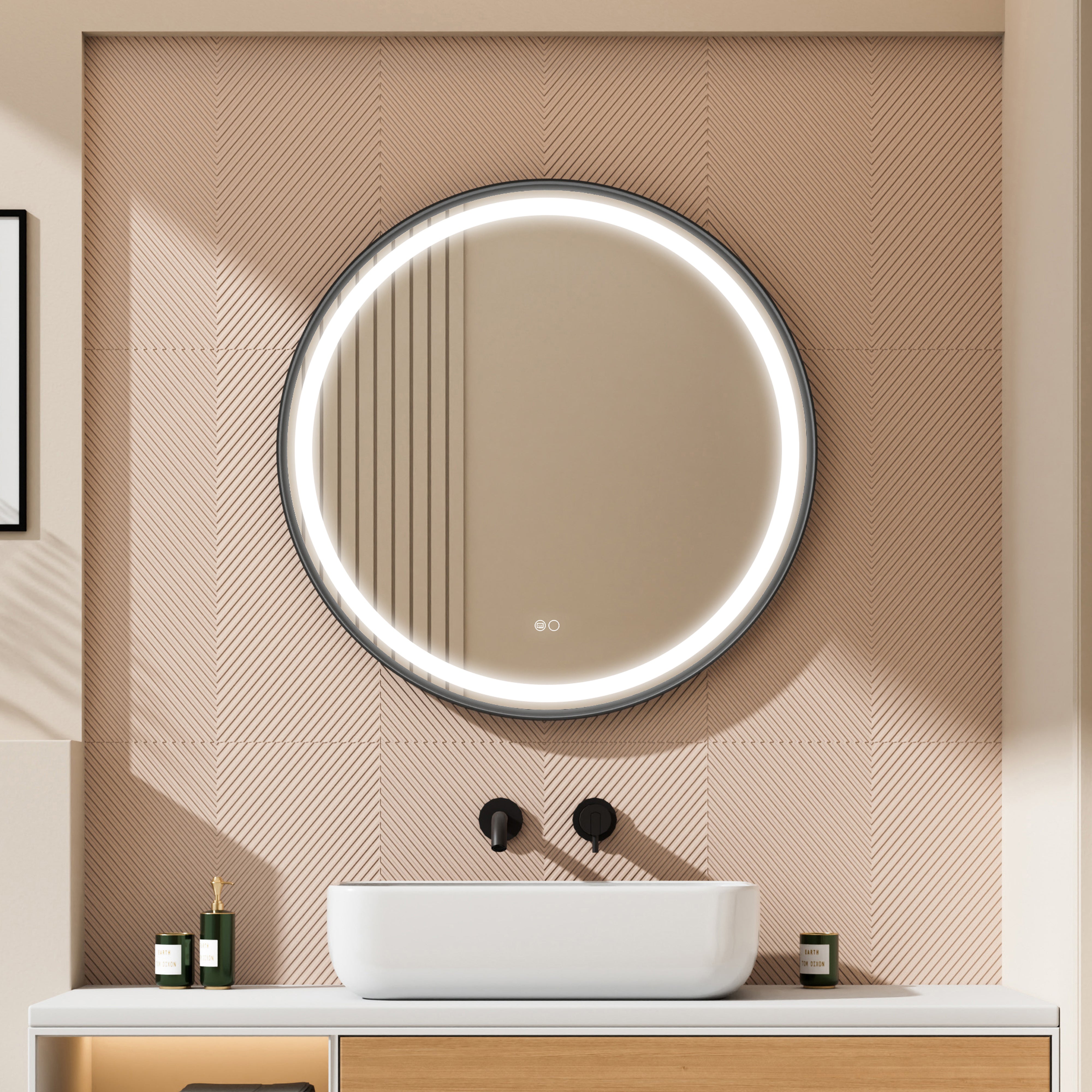
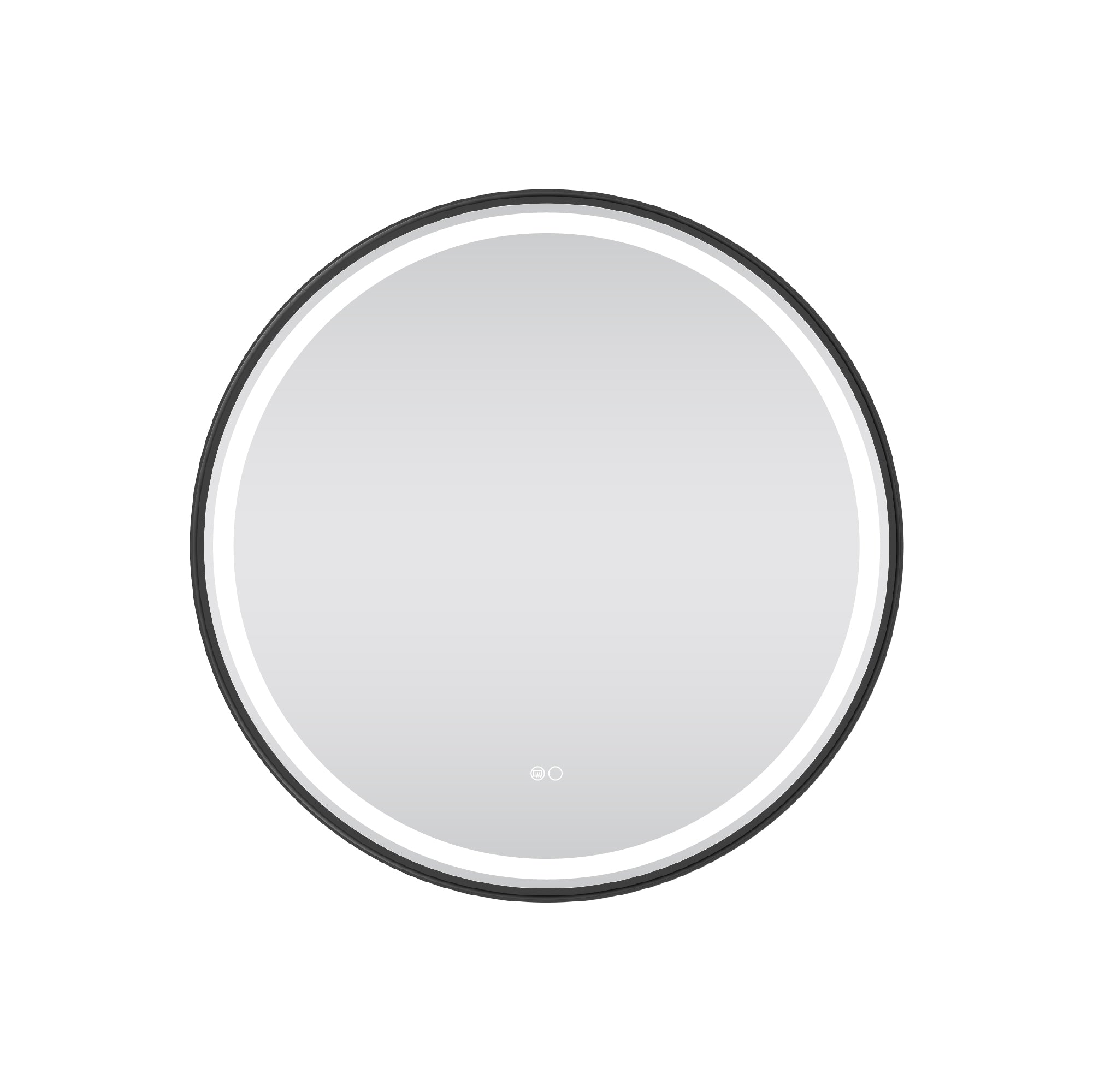


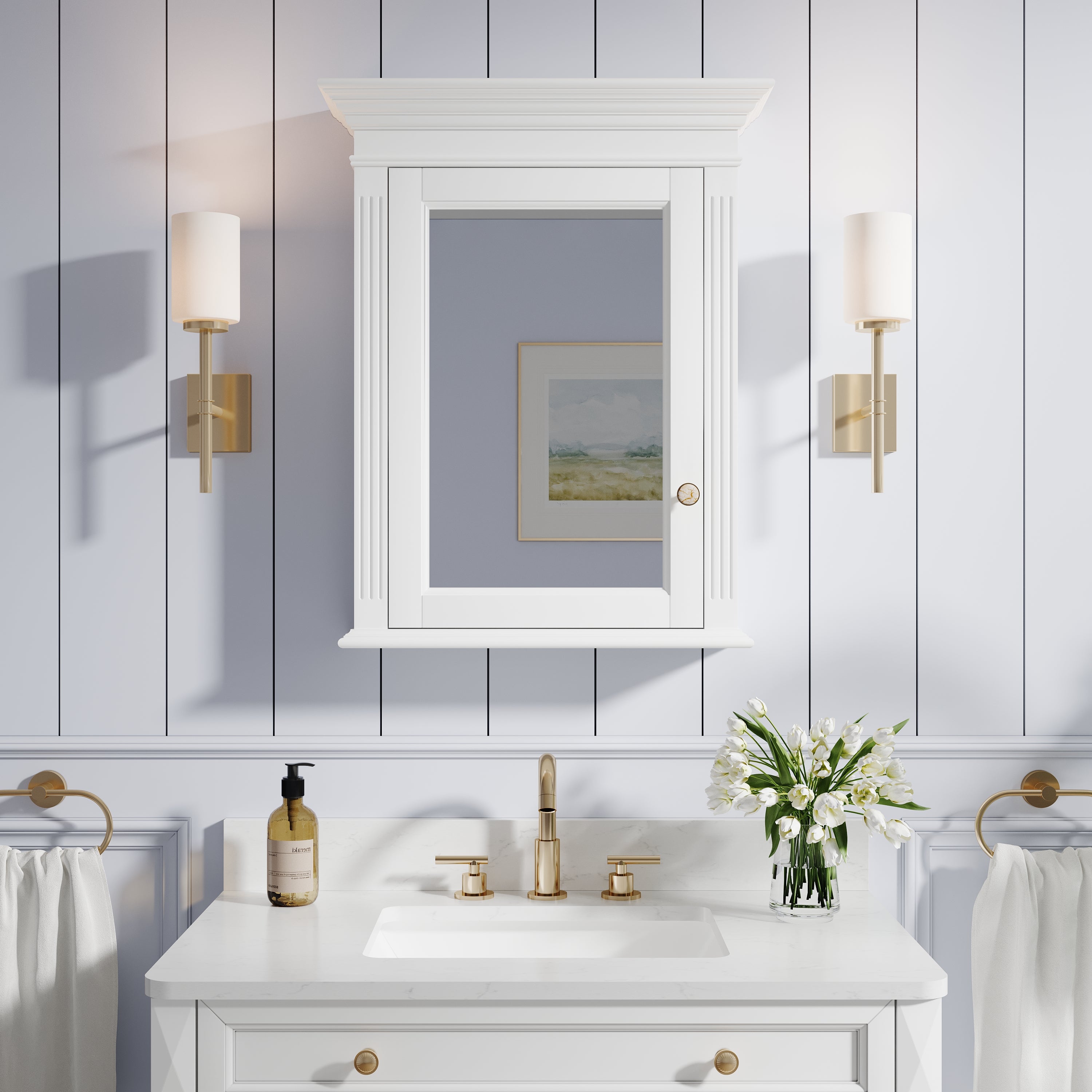
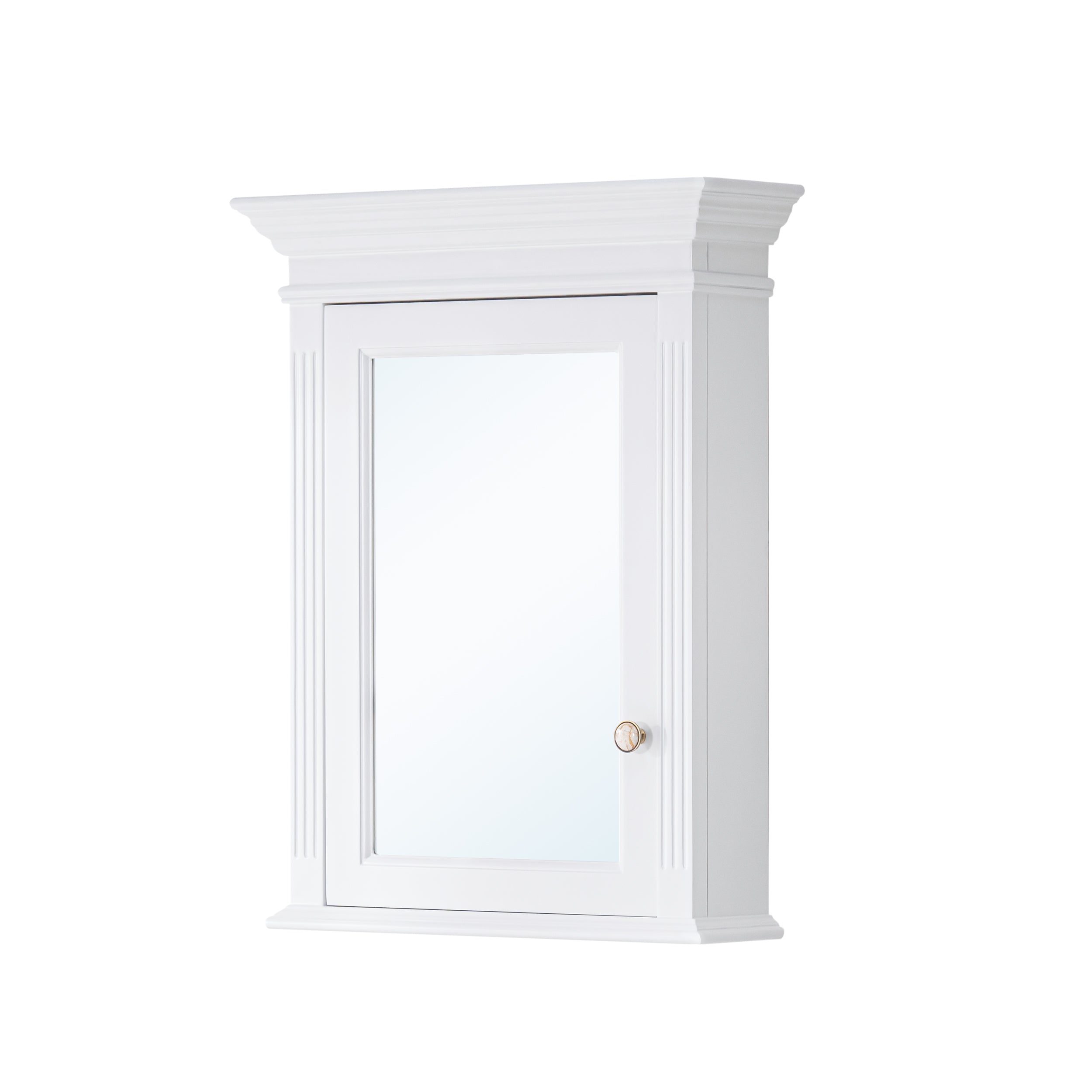
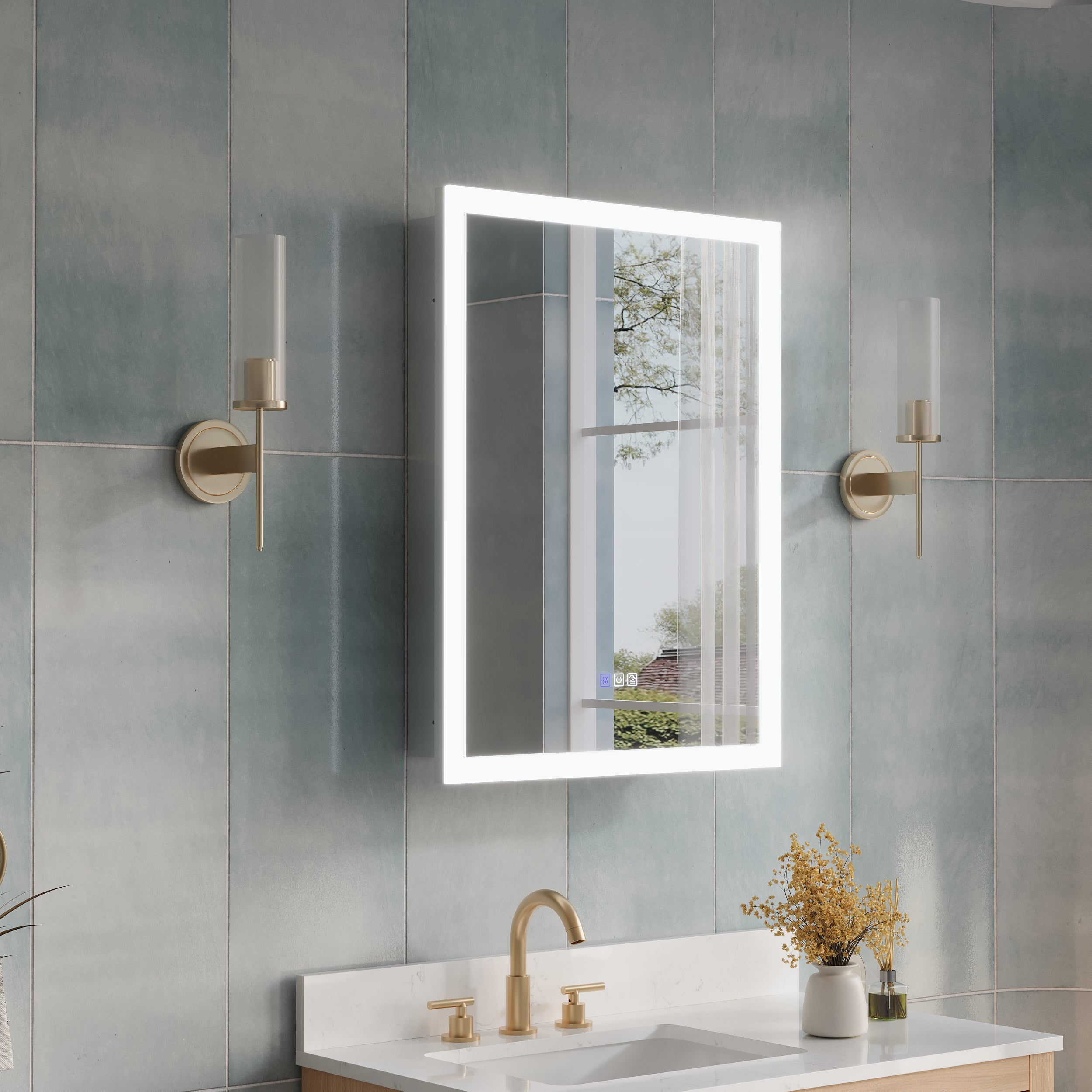
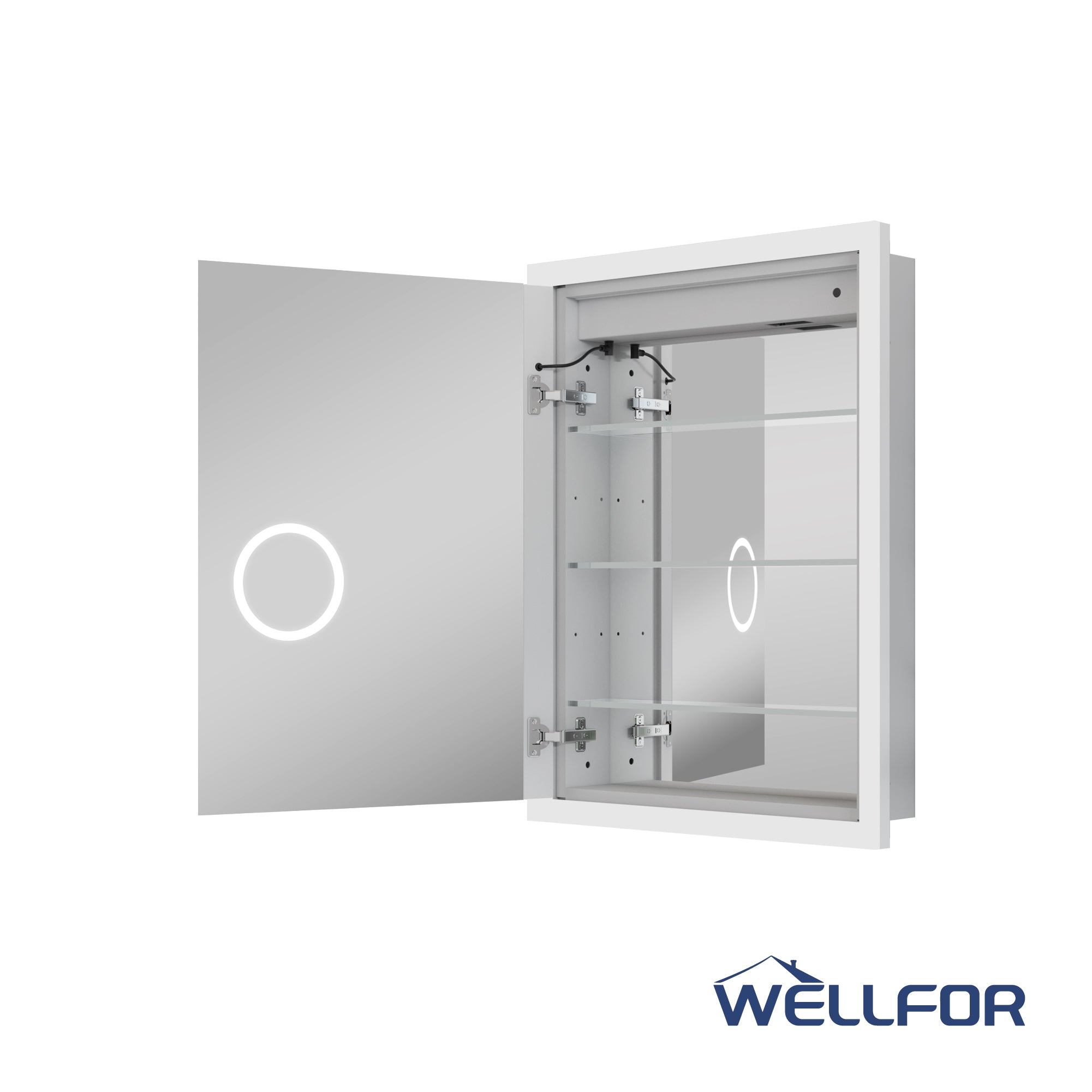
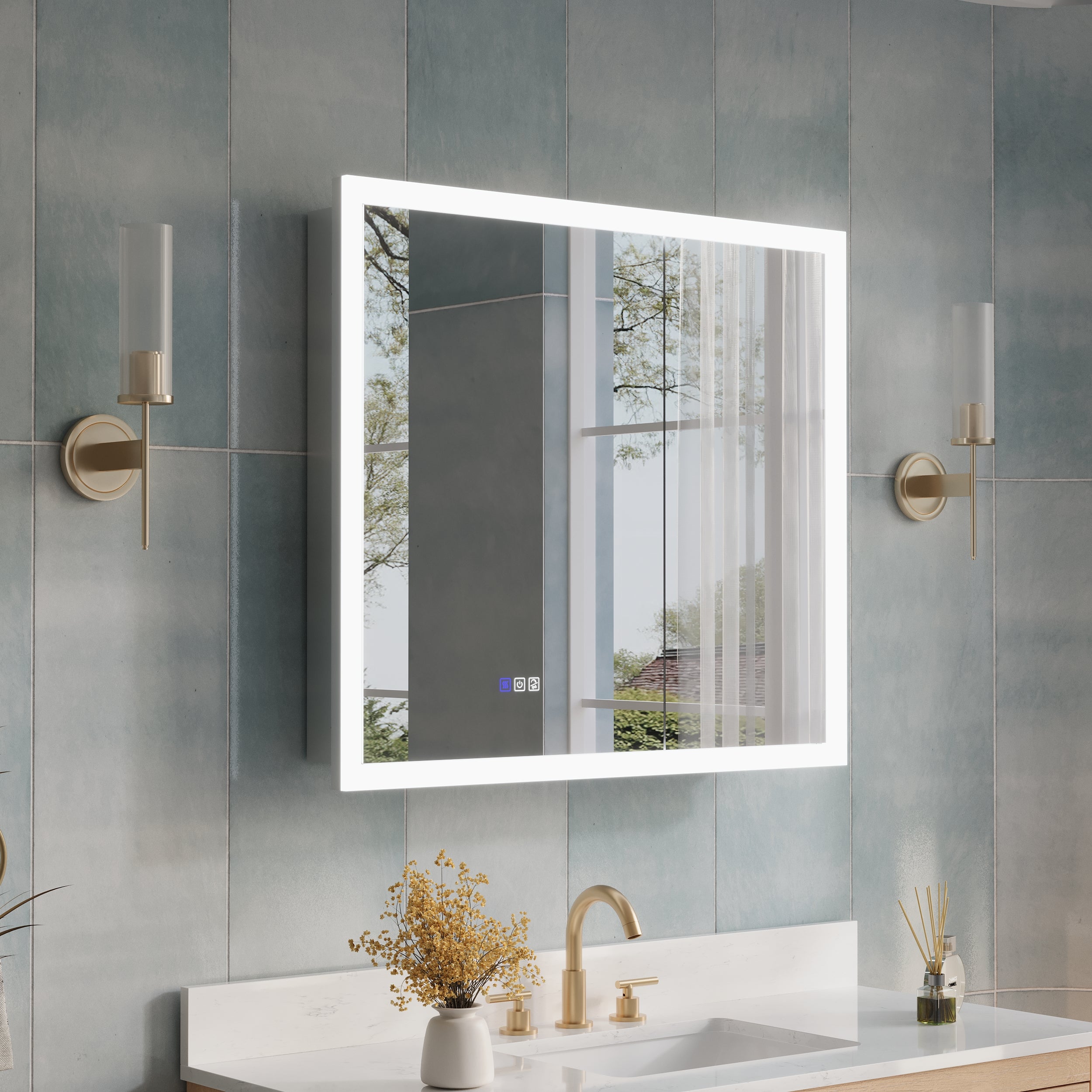




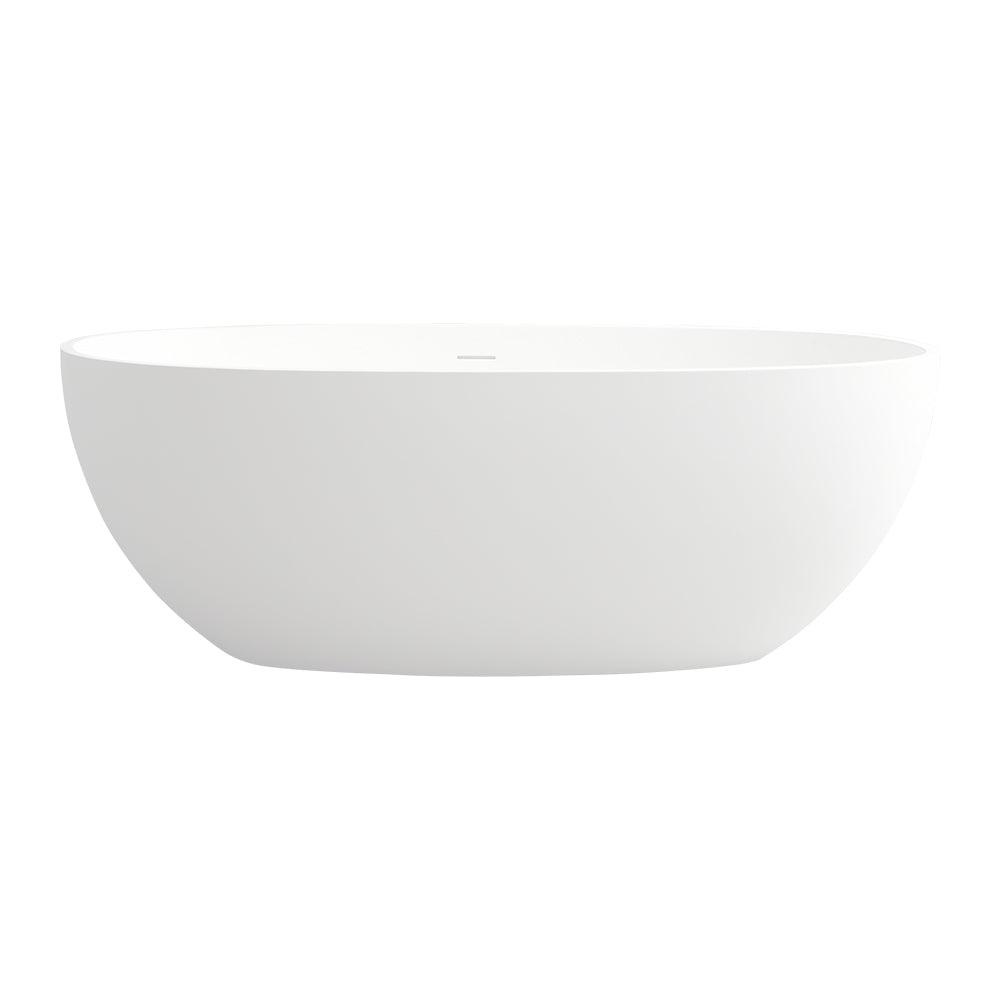
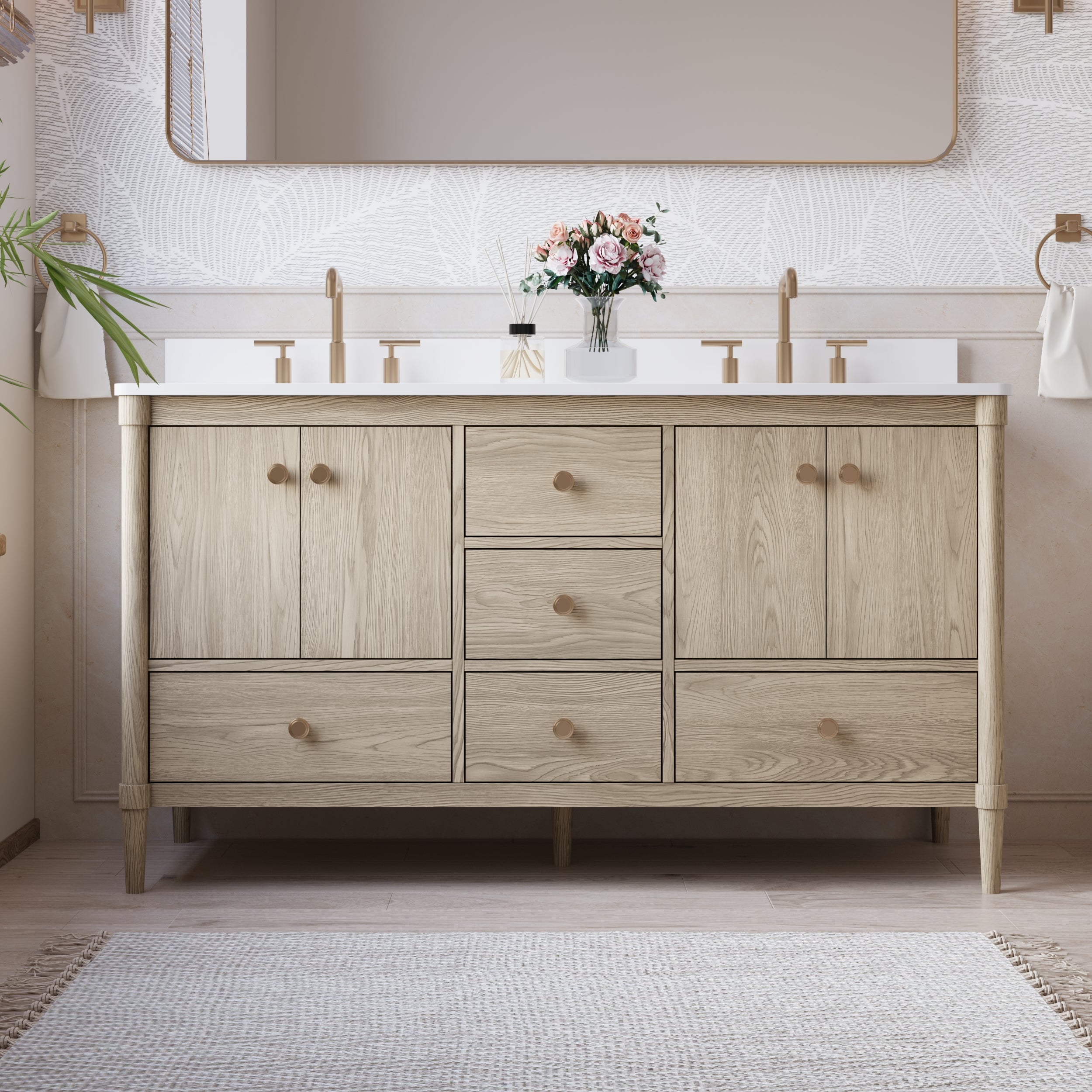
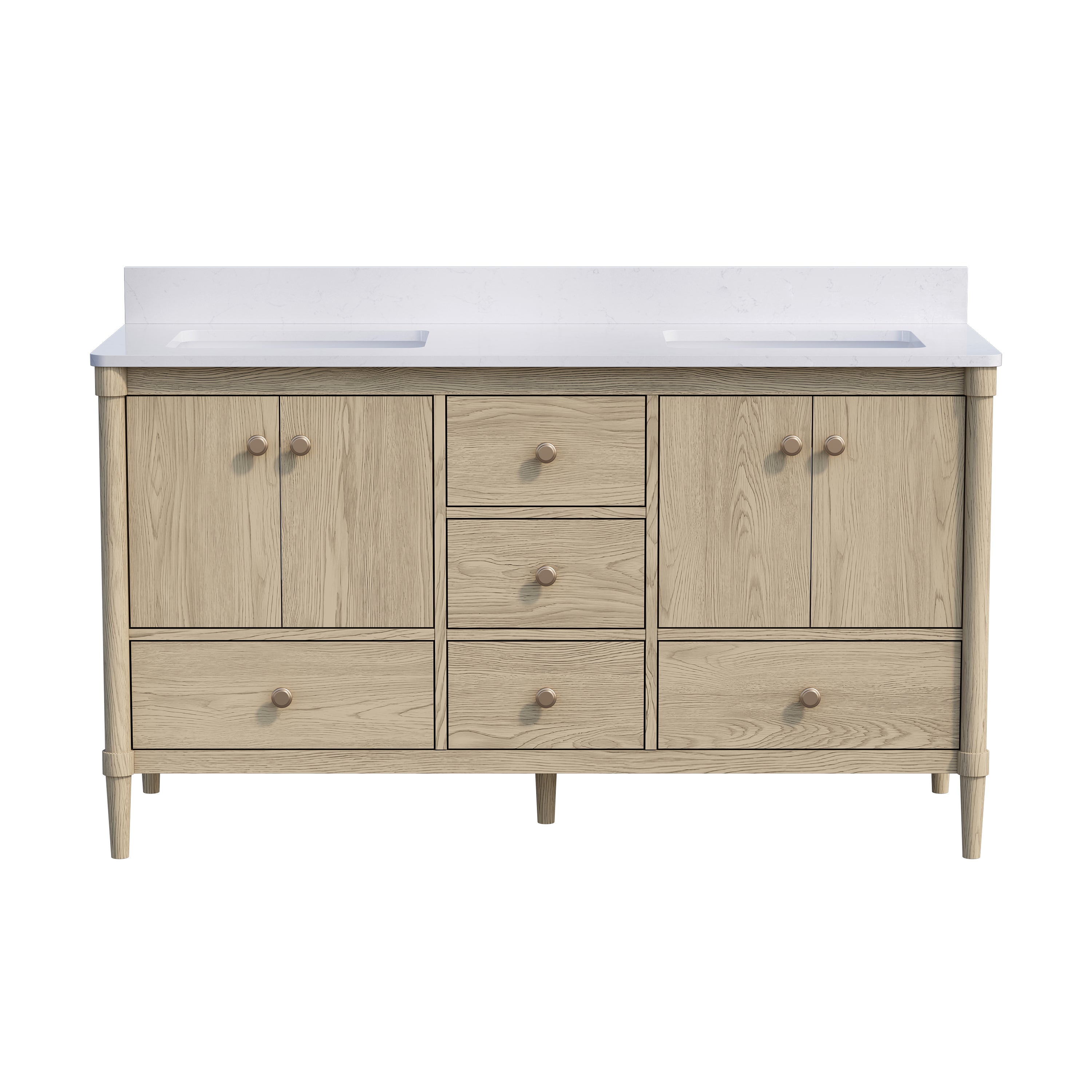
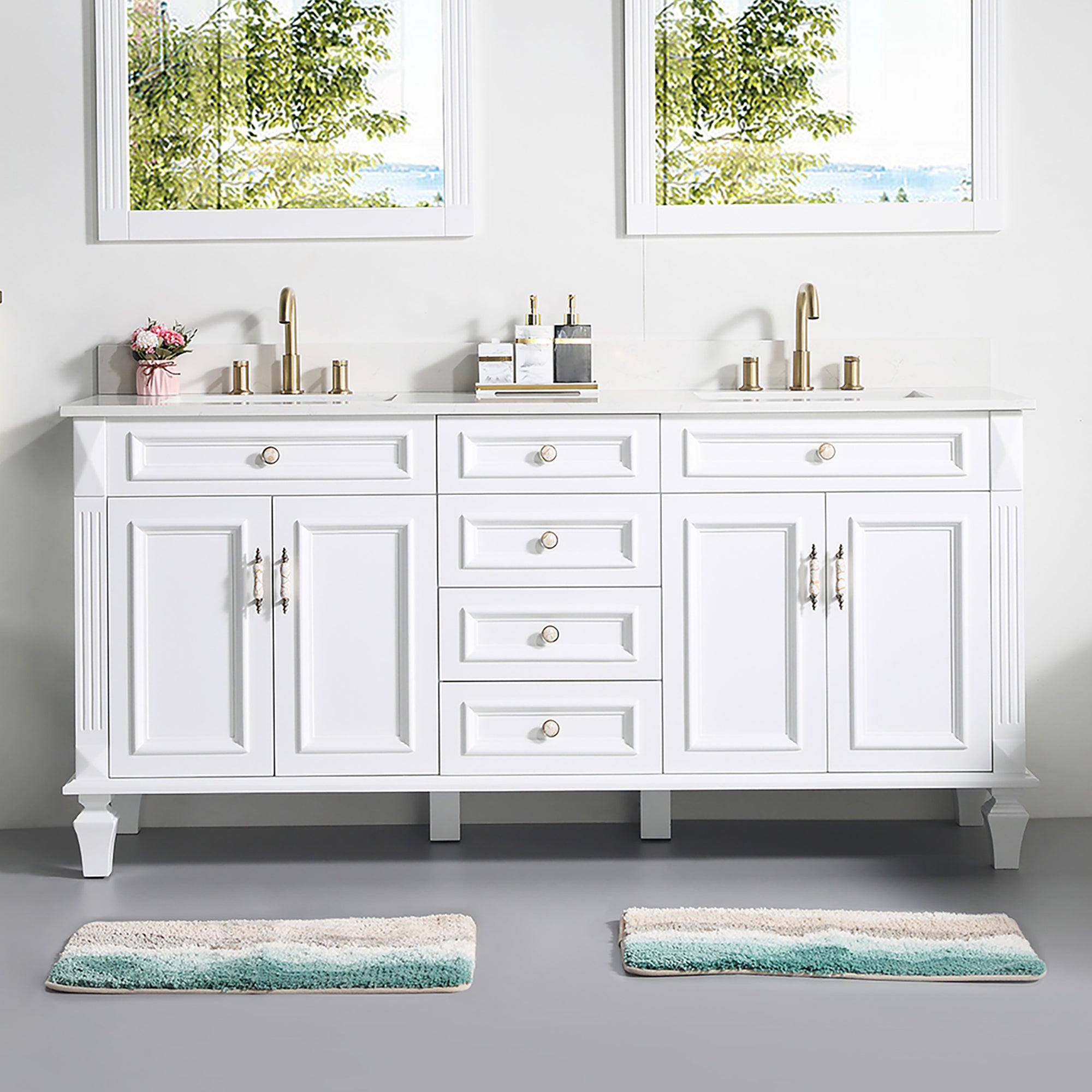

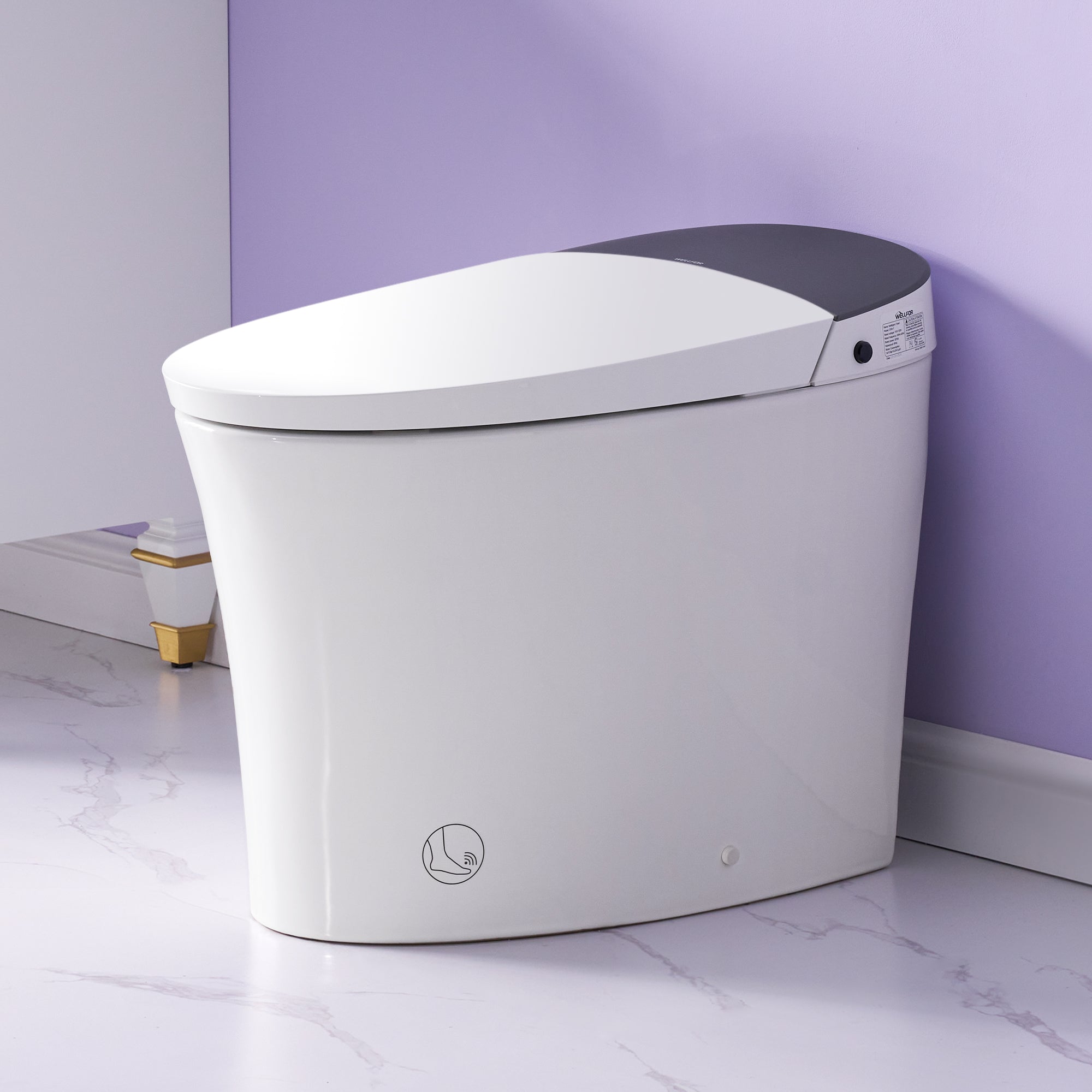
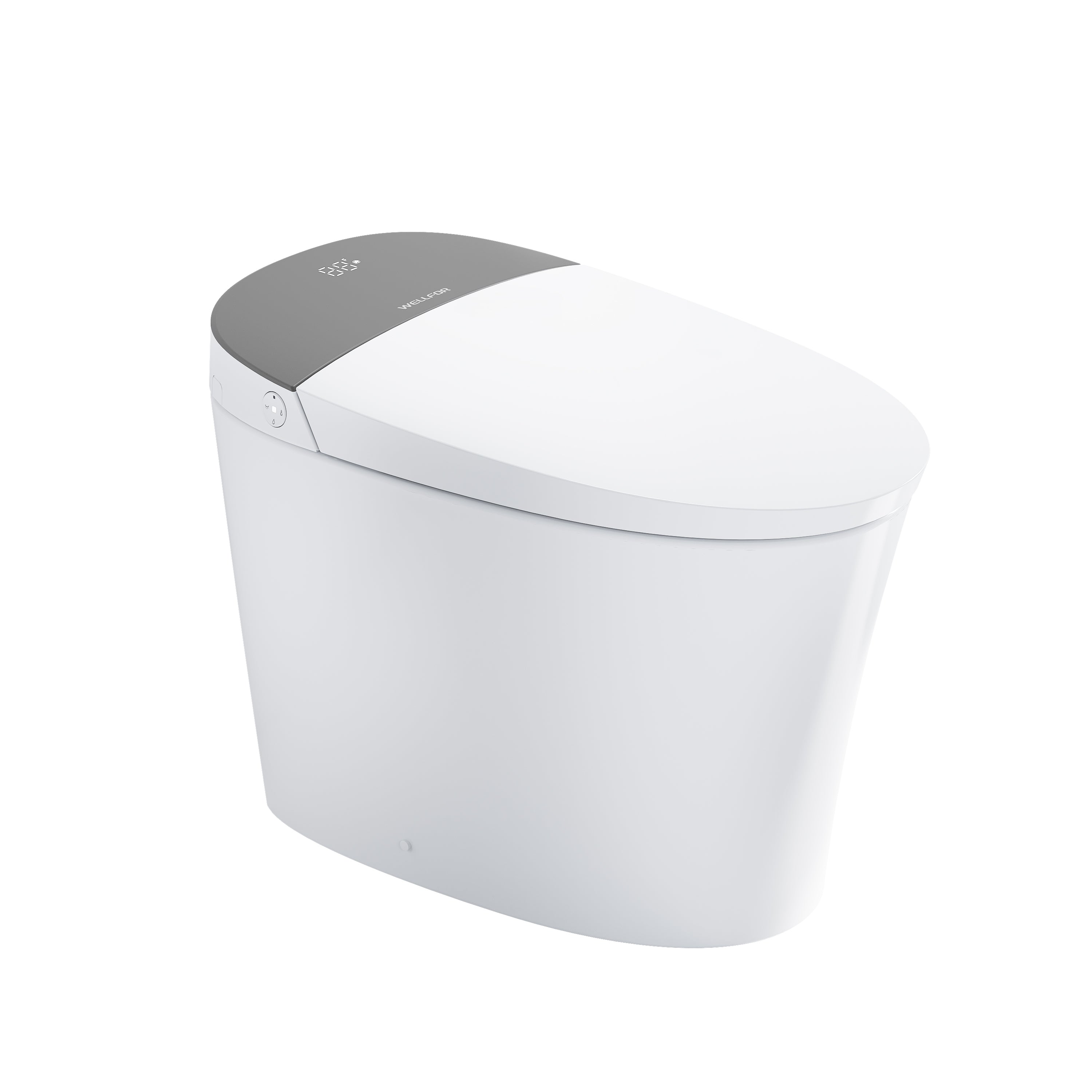

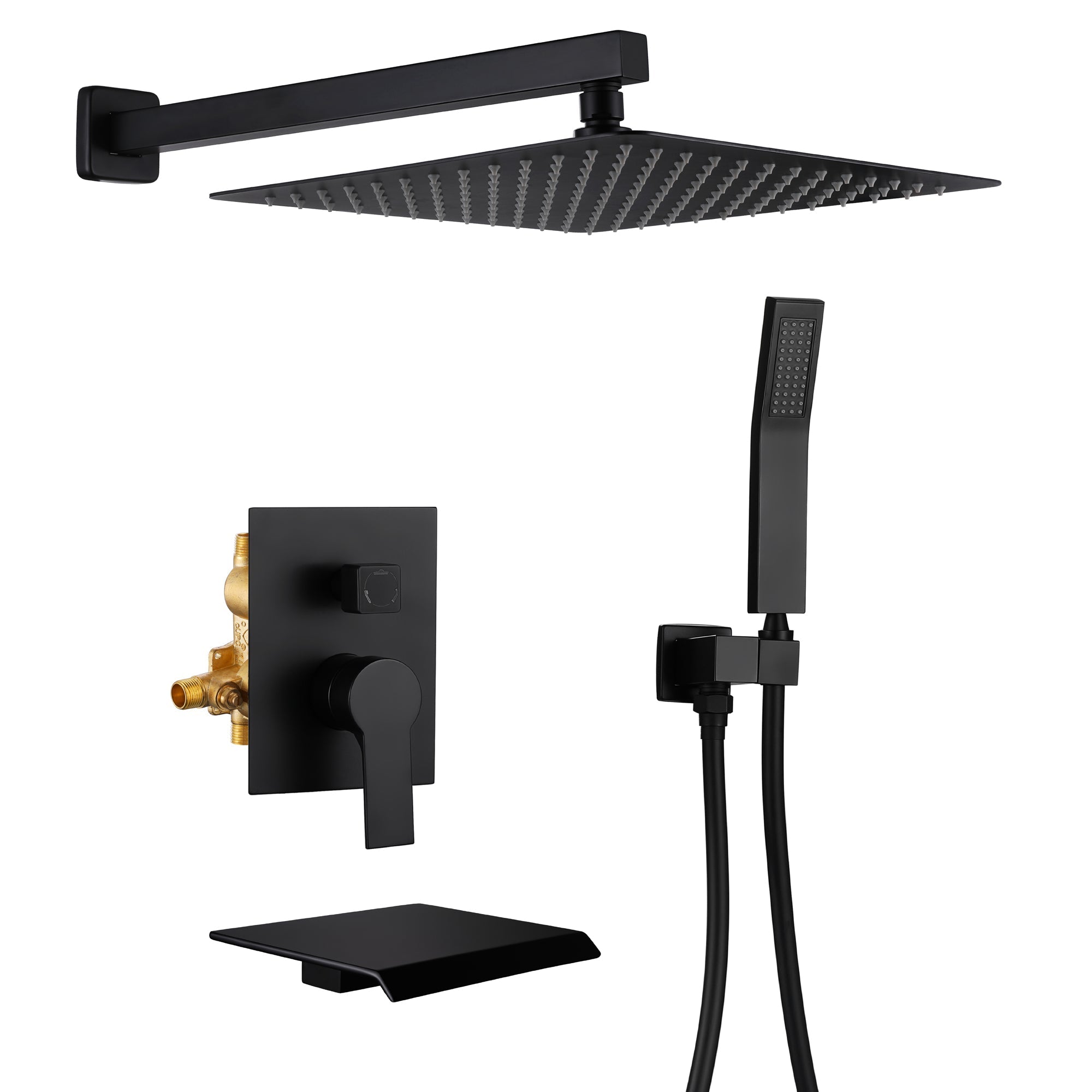
Leave a comment
This site is protected by hCaptcha and the hCaptcha Privacy Policy and Terms of Service apply.